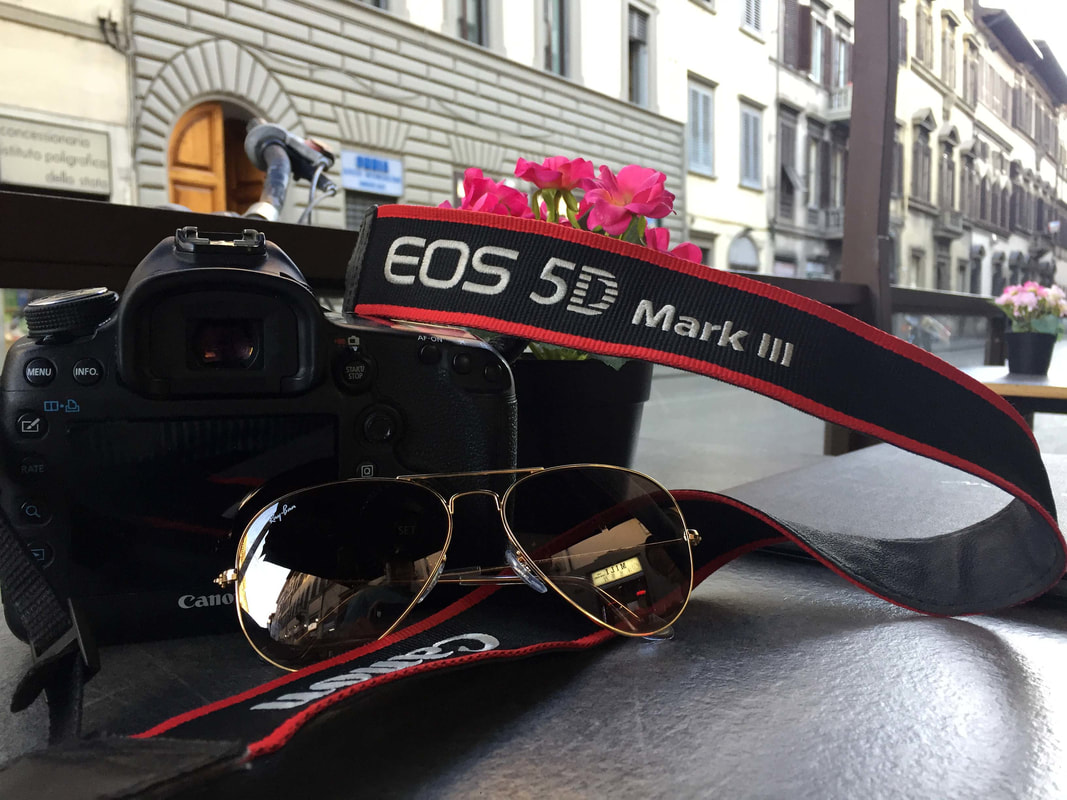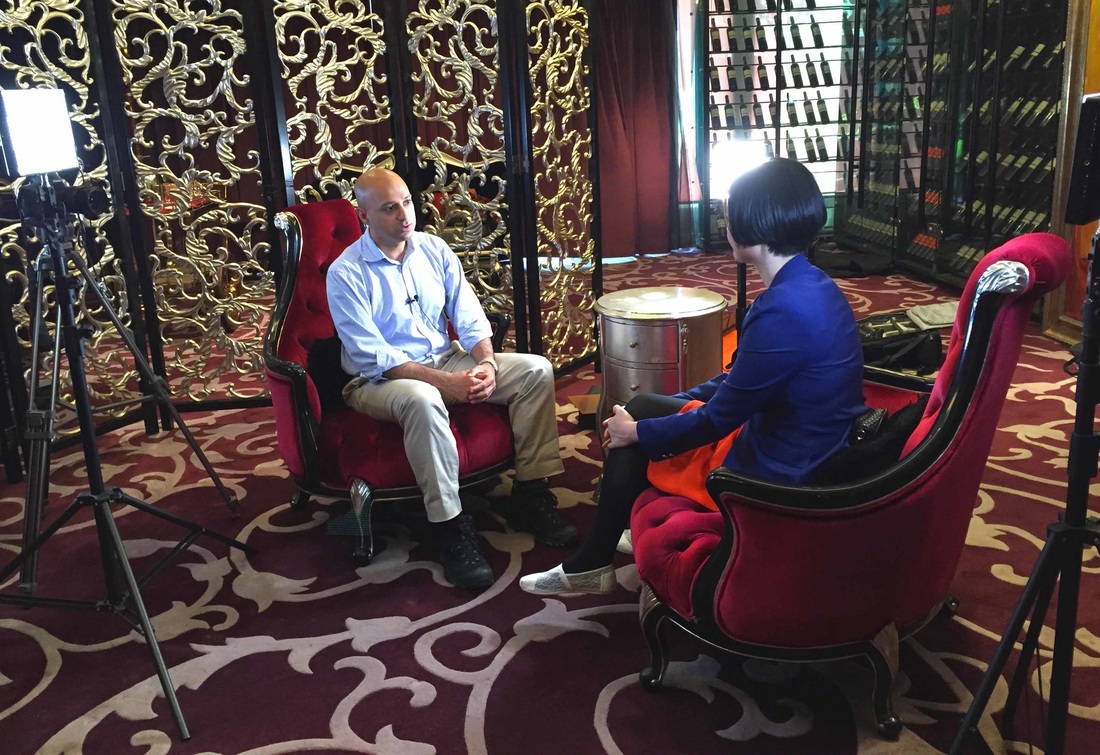|
Oberteuringen, March 14, 2024 - IHSE, the leading manufacturer of high-end KVM solutions for the extension and switching of computer signals, announces that it has equipped a high-altitude Chinese airport with a fully redundant KVM solution for fail-safe air traffic control. Over the past few years, IHSE KVM solutions have become an important and crucial element in air traffic control systems in major airports around the world. IHSE systems enable controllers in the visual control room to interact with all tower system equipment located in ground-level equipment room. Air traffic controllers can interact with all essential systems from their personal workstations, switch between them and react instantly to all eventualities. For these security-critical applications, IHSE KVM systems offer increased protection against cyber attacks and a comprehensive redundancy concept for fail-safe 24/7 operation. IHSE KVM systems are deployed by several government aviation authorities and in many major global airports, including Frankfurt, Paris and King Abd al-Aziz Airport in Saudi Arabia. Air traffic management at an altitude of 3,500mAn IHSE system was recently installed in China at one of the highest airports in the world at an altitude of over 3,500 meters - the airport is unnamed. The extraordinary location presented the system planners with special challenges and posed complex requirements on equipment and systems that are not generally encountered in lower-level airports. The combination of low air pressure, difficult terrain and geomorphological features, high winds, low cloud and extreme diurnal temperature differences calls for a particularly robust and resilient system. These are in addition to the normal requirements for the highest levels of security and reliability that are essential in air traffic management systems.
The fully redundant KVM system deployed here comprises two Draco tera flex KVM matrix switches with automatic switchover to a hot standby unit in the unlikely event of a failure of the primary switch. For further protection, the installation includes redundant power supplies and redundant fiber optic connections. The IHSE solution creates optimum working conditions for air traffic controllers, who can switch all information sources to the screens directly from their multi-monitor workstations and immediately access all tower systems to ensure safe flight operations. From March 19-21, 2024, IHSE will present its flexible and highly secure KVM solutions for towers, apron control, simulation rooms, baggage handling and passenger information systems at Airspace World 2024 in Geneva.
0 Comments
When the news of the COVID-19 coronavirus outbreak was first broadcast in the UK, a lot of the media were using Chinese faces, people wearing masks, and this created a stereotypical and wrong image in some peoples minds, effectively fueling anti-Asian racism and xenophobia. Because my wife is Chinese, and so my daughter is of mixed race heritage, as I was walking back from the school run with her, I happened to experience something unpleasant. I shared my experience in an interview with China's CCTV national news. Here is the link and below is the video. It was also published on Twitter. I am delighted to be awarded an Honorable Mention in the 2018 International Photography Awards for my work on content storytelling and photojournalism about Chikan Village (Jiangmen, China).
The story is about the old, tiny and sleepy market town of Chikan in China, which lies on the banks of the Tanjiang River, between the Guan and Situ, where this striking photo was taken. It is located around 25 kilometres from downtown historic Kaiping, China. When you walk along the airy and narrow lanes of Chikan, you feel a mixture of wanderlust, and curiosity. Many of the locals are old aged pensioners whiling away their retirement doing not much as the younger generation have left for the big cities to make money. Captivating image of life standing still in time. With the British Prime Minister Theresa May, or ‘Auntie May’ as she is affectionately know by the millions of Chinese people, completing a highly productive three-day marathon visit to the country, one can hope that it can only help to build better relationships and boost trade for the Chinese and British economies, especially as we are entering the post-Brexit era.
May's trip follows French President Emmanuel Macron's state visit to China earlier in January. This perfectly illustrates that both sides are eager to improve their ties in a time of rising global challenges and uncertainties. May was accompanied by her husband Philip, and leaders from 50 British businesses and commercial organisations. She came here to seek China as a major economic partner for post-Brexit Britain, and looked to improve on the “Golden Era” between the two countries. Premier Li said this year marks China’s 40th anniversary of reform and opening-up, in a prior report to the 19th CPC National Congress, Beijing said it will continue to open markets. In a press conference after their talks on the first day, Li talked about the efforts that China and the UK will make in boosting economic globalisation and fighting against protectionism. Li and May also witnessed the signing of agreements covering trade and investment, financial services, scientific innovation, environmental protection, education and bio-science. At her press conference with Li, May said a “significant number of major new commercial deals” were agreed during her visit, totalling around US$13 billion in value. In turn, Li made encouraging sounds about a future UK trade deal as well as opening Chinese markets more generally to UK agricultural products. “The two-way opening up between China and the UK will go even further and China will open even wider to the UK,” he said. “In line with our agreement, China will expand openness to British products including agricultural products. China will import British products that are needed in the Chinese market.” But how effective are these words and how much do they translate into actions? Well, according to figures, even after this trip, there will be a lot of work to be done by Prime Minister May and the rest of the British government. Britain, the world's sixth largest economy, sends only a minute 3% of its exports of goods and services to China. Meanwhile, just 7% of its imports are from China - with the majority of those coming from Hong Kong and the Guangdong region. Some of the success stories of this trip included announcements that bans on the exports of British beef would be lifted for the first time in decades, the extension of a Maths teacher exchange programme and a campaign to promote English language learning in China. The education deals are worth more than US$784 million and are claimed to create over 800 jobs in Britain. LEARNING ENGLISH NOTHING NEW While these trade deals sound great, it goes without saying that there is much more work needed to be done by Britain. You may think that something like starting an English language learning campaign is a great initiative for Britain because it is the home of the English language, but this is going to be a big challenge. Why? Because the English language market in China is highly competitive and many companies are competing for the same space. Another key factor is that American English is more popular in China than British English because Chinese people are exposed to a lot of American influence through movies and television programs. Go down any street in China and Millennials would know US series such as Friends, The Big Bang Theory, Gossip Girl, or This is Us, but they would have never heard about household British programs such as Coronation Street, Only Fools and Horses, Keeping Up Appearances or EastEnders. It goes without saying that the American culture is part and parcel of the social fabric of the youth in China through contemporary TV shows. Since China opened up its economy in the 1980’s, American TV shows have been a way for Chinese people to practice English, while also learning about pop culture and getting entertained at the same time. When Friends aired in the 1990’s and 2000’s, it captivated the world, including Chinese audiences, with its charismatic yet accessible depiction of life for young, middle-class, upcoming Americans. This ultimately ushered in a new era with English learners who wanted to learn cultural alongside language. Whereas British English is seen by the youth in China to come across as too formal, not so cool and slightly old fashioned - though that may appeal to those who want to apply for British universities. Mrs May said new agreements signed on her trip would "enable more children and more young people than ever to share their ideas about our two great nations", helping to ensure that "our golden era of co-operation will endure for generations to come". However, the issue here is that this is just a small investment into a country such as China where the value of the English-training market is now about US$4.5 billion and some analysts predict that this market will continue to grow at a rate of around 15% over the course of the next few years. A solid proof of this growth is the company Wall Street English, which until recently was owned by the British company Pearson, and is one of the largest private language institutions in China, is currently employing a US$16 million refurbishment plan, with new centres opening in many cities across China. I know this market because I used to work for Wall Street English and Disney English as a director and from my prospective, what the British government is doing is good but it seems a bit late that they are investing into this initiative. Wall Street English already has over 70,000 students in China, which contributes to 30% of its global business. Another business leader on this trip signed a contract for a British company that can provide quality baby milk powder, because Chinese parents trust foreign-made infant milk powder as it is considered safer and of a better quality. Another bit of proof that attempts to woo Chinese investment are reined in by the need to keep America and Europe on side. But selling milk powder is also nothing new- many English-speaking countries are doing this. Australia and New Zealand are the leaders when it comes to selling baby milk powder to China. UNCERTAIN FUTURE WITH BREXIT The total annual value of UK-China trade is about US$84 billion, much less than the US$211 billion in trade between Germany and China. One thing that people would have noticed is that while countries like Germany sell China products such as cars made by BMW and Mercedes, and electronic products made by Bosch and AEG, and the US sells planes made by Boeing or entertainment by Walt Disney, it looks like we can only sell baby milk powder, university education, and English language classes - but that may not be the case. I totally agree that education is one the greatest treasures of Britain, but what is really required for Britain to be proud of is industrialisation and that is missing because sadly Britain is not the almighty great British Empire that it once was in the post-war industrialisation era. In actual fact, contrary to popular belief, Britain's main exports to China are not education and baby milk powder but cars (Aston Martin and Rolls Royce), petroleum products and tourism services, while it mostly imports Chinese manufactured goods, telecommunications equipment, clothing and electronics. Prime Minister May sidestepped a proposed agreement for a formal endorsement of China’s US$900 billion Silk Road strategy and no memorandum was signed. This suggests that Britain is still thinking about the huge infrastructure project and it is still in its infancy stages. A UK government official said. “They both spoke positively about the potential impacts it could have. But it’s important it’s implemented in the right way. They are going to carry on talking.” Philip Hammond, the British Chancellor of the Exchequer, described Britain as "a natural partner" in the initiative while attending the Belt and Road Forum for International Cooperation in Beijing last year. Today, with Britain heading into an uncertain future with Brexit and with the constant threat of terrorism, the country is sadly not really a hot bed for innovation and success that it once was. Yes, there are great strides being made in oil and gas and in the finance sector, both of which were represented during this trip. However, what about the digital revolution and how can China work with Britain for that and vice-versa? NEED TO FOCUS ON BRITISH DESIGN AND TECHNOLOGY I do believe that May should strongly promote British design, technology, high-tech engineering, and environmental services. In China, Britain could be doing more for promoting British goods. It was very sad to see that Marks and Spencer and Tesco were not so successful in China, while the likes of Walmart and Carrefour are thriving there. Its things like this that make me feel that either Britain is behind what other countries are doing or is playing catch-up when it comes to trade with China. The world is going through the fourth industrialisation and as China is investing heavily in Artificial Intelligence (AI), Virtual Reality (VR), e-commerce, wind energy, Machine Learning and Big Data, I believe that these are the key areas in which Britain should be focusing on because this is where the future is heading. People need to be open and embrace this change. While in China people are very mobile friendly and open for change but sadly in the UK this is not the case. If Britain really wants to build better relations with China, then why not invest in educating British people how to learn Chinese and how to use WeChat or use AliPay? Education about China in the UK is lacking. That’s what is required. Do you see British people scrambling to buy the latest products on Alibaba.com, the online and mobile commerce giant? No. As one of the very few Brits who has had the privilege of working for Alibaba.com, one of the most frustrating things that I find is that most people would think Alibaba is the name of their local kebab shop. In January 2018, Alibaba became the second Asian company to break the US$500 billion valuation mark. Its online sales and profits have surpassed all US retailers, including Walmart, Amazon and eBay, combined since 2015. WECHAT IS IMPORTANT Using technology to learn about China is the key to success. While there are nearly a billion users globally of the WeChat app, hardly anyone in the UK has probably heard of it. There are no restrictions to British people to use this app. All you need to do is download it for free and use it. I wonder how many of the 50 business leaders know how to use it or know how beneficial this app can be for their businesses? To be effective in doing business with China you have to use WeChat and be able to really understand the culture and the ways of communicating effectively. The vast majority of the people in the UK use Facebook Messenger and WhatsApp, and except for a handful of people like me who have lived and worked in China, my educational guess is that if it is used in the UK, it will be by the Chinese or the Asian community. In that sense, I do feel that our tiny island-nation, which is dependent on imports from the outside world, has to make deals with countries who would be willing to pump money into our economy. In conclusion, it is fair to acknowledge that despite the productive meetings, it is early to say what impact the trip will have in the coming years. The China-Britain relationship has always been considered an exemplar for China-West ties in terms of putting aside differences and seeking the largest possible common ground. Both China and the UK now stand at the entrance to a new era. This is a strong fact that makes me feel proud to be British as well as value Chinese culture. I hope we'll be able to attract further investment and showcase what Britain is really good at. This article was first published on ChinaPlus, part of the China Radio International (CRI). You can click here to read the original piece. Recent UK-China Talks are a Boost to Tourism and Aviation Ties, but the UK is Still Playing Catch-Up12/24/2017
The past two weeks have been very good for UK-China relations, economically, politically and tourism wise as well. There has been much talking and dialogue been done over the years but not much execution of any concrete actions when it comes to increasing tourism and economic ties between the two nations. So, it was particularly nice to see a number of trade agreements being made when Chinese Premier Li Keqiang met with the British Chancellor of the Exchequer Philip Hammond, carrying on their pledge to strengthen political trust and cooperate in a number of key areas, such as trade and investment.
“This year marks the 45th anniversary of the establishment of diplomatic relations at the ambassadorial level between China and Britain,” Premier Li said, noting that bilateral ties would develop on the basis of mutual respect and equality. He said Britain was a highly open economy, and China would advance its opening up. In particular this followed on from earlier in the week when the United Kingdom and China agreed to increase their weekly flight quotas with a 50% increase in the limit of weekly flights between the countries. The current bilateral agreement from 2016 sets the limit at 100 flights per week, while under the terms of the new deal the limit will be raised to 150. According to the timetables I have seen on OAG Aviation, there are currently 59 weekly non-stop flights between China and the UK. FlightGlobal schedules data shows that Air China accounts for the highest seat capacity between the UK and China (30.2%), followed by British Airways (20.6%) and China Southern Airlines (12.5%). China Eastern Airlines are also leading when it comes to the total traffic between Europe and China with 130 flights per week and a strong 24.3% market share by capacity, although those numbers also include non-EU countries. There are also non-stop flights to second-tier cities including Tianjin, Qingdao and Chongqing. Those in the aviation industry would have been waiting for this moment for years, and even though it is not too late for the UK to start operating more flights to mainland China, I do feel that the UK is playing catch-up with the rest of the EU and the world for that matter when it comes to competing for landing slots in destinations in the UK-China space. If you look at some of the second-tier Chinese cities, they already have well-established non-stop routes to some European and Middle Eastern cities with other major carriers. Air China, China Southern Airlines and Lufthansa are the biggest players on the Europe-China sector and this is reflected in the Star Alliance controlling almost half of the seats on these routes and Sky Team’s Air France and KLM both have strong positions in Amsterdam and Paris respectively. You can get non-stop flights to Amsterdam with KLM from Hangzhou and Xiamen and from Wuhan and Guangzhou to Paris with Air France. Turkish Airlines, voted by Skytrax World Airline Awards “Europe’s Best Airline” award for six consecutive years until 2016, and the “Southern Europe’s Best Airline” award for the ninth time in as many years, flies to all the major Chinese cities from Istanbul. We also have the three Middle Eastern giants - Emirates, Emirates and Qatar Airways - operating numerous non-stop schedules to all the major Chinese cities for a number of years already and even to some destinations in China that most British and European people may have never heard of, such as Yinchuan and Zhengzhou which Emirates flies to. By contrast, British Airways and Virgin Atlantic find themselves in the most competitive Europe-China market and without a Chinese partner at the moment. Why doesn’t British Airways fly to Guangzhou or Chongqing or even Hangzhou? Hopefully, with the open skies agreement, things will change (but don’t hold your breath!). China has the world’s second largest passenger aviation market with enormous growth potential in spite of some regulatory brakes. Both the domestic and international flight sectors present huge opportunities. If you take a typical short three-hour domestic flight from Guangzhou to Beijing for example, you may end up sitting in a Boeing 777 or an Airbus A380 with a full three-class cabin configuration and all flights are usually full. If you go to even some of the airports in the second-tier cities in China, such as Xi’an or Hangzhou, they make London’s Heathrow Airport look like a tiny regional airport. The key question here is why is it that some European countries are under-served to China by their home carriers, in particular Spain, Italy and the UK? It is not an easy market to serve and yields remain low, but it is a must-do market. In 2013, British Airways excitingly opened the London Heathrow to Chengdu non-stop route, operating using a Boeing 777 aircraft with its nose painted as a panda’s face and traditional Chinese calligraphy on the fuselage. Much song and dance was made of the flight route, with even celebs endorsing the route. But less than three years later, the national flag carrier dropped the route because it is not commercially viable as there was not enough interest and flights were running below capacity. Even after having trimmed down the frequency and switched to a smaller, Boeing 787 plane, BA ended the service in January 2017. The airline has meanwhile increased its Shanghai frequency from six times weekly to daily and the airline, as well as other British airlines, look very under-represented in this large and fast-growing market. In spite of Finnair carving out a successful niche, Oneworld is an also-ran on Europe-China, with only a 10% share. But it is not just its current size that makes it attractive to foreign carriers, it is its potential. I also believe that tourism agencies in the UK need to do more to sell China as a good destination for visitors from the UK. While Chinese tourists to the UK are at a all-time high; however, even with a slew of iconic sights, Britain has still lagged behind other European destinations due in large part to unfavourable visa policies. However, the post-Brexit weakening of the pound has given the UK a major boost in mainland Chinese arrivals. Chinese tourists are some of the UK’s highest spenders, staying longer and travelling more than visitors from other countries. But the trend needs to go the other way around as well- except for Hong Kong, mainland China is not sold as a premium destination by British tour operators and airlines. From what I see, and I stand to correction from anyone, but the vast majority of the people who travel to Hong Kong and mainland China from the UK are students going back home for holidays, the Chinese Diaspora returning back to their ancestral homeland or business people. Hong Kong has traditionally been sold by British tour operators because it of its lure of being a great stop-over city for those going to Australia and New Zealand and for being a business hub. I am surprised that Hainan Airlines has not been selling Sanya, China’s version of Hawaii, as an exciting winter destination for Brits to visit. Even Thomas Cook Airline, which is known for taking people to exotic places, is losing out on this goldmine of a market. According to a recent figures released by VisitBritain, tourism spend by Chinese travellers is also up in a big way, stripping past the decreased value of the British pound. Compared to the first quarters of 2016, tourism spend was up over 54 percent in 2017. It’s worth noting that with the growth of Chinese travellers to Britain, the country still lags well behind other European destinations. Britain’s best year for Chinese travel, 2015, saw 270,000 Chinese arrivals. In contrast, France saw over 2 million Chinese tourists in 2015. Even a small country such as the Czech Republic surpasses Britain in terms of tourism numbers. 285,000 Chinese tourists travelled to the Czech Republic in 2015, and 355,000 visited in 2016. So, it would be interesting to see which routes will be operated on these open skies between China and the UK and I do hope that Britain becomes a leader and not carry on playing catch-up with the rest of the world in this thriving market. This article first appeared in the Huffington Post Blog and also on China Plus. Opinion article on China Plus News: The Financial Research Industry Must Adapt to Disruption12/18/2017
With the Chinese Premier Li Keqiang meeting with the British Chancellor of the Exchequer Philip Hammond earlier this week in Beijing, and calling on the two sides to make use of London's advantage as a global financial centre to enhance financial cooperation, it is vitally important for British and Chinese companies, especially those in the financial research industry (such as Third Bridge) to adapt to digital disruption. I take a look at the reasons why.
中国国务院总理李克强本周早些时候在北京会见英国财政大臣哈蒙德,呼吁双方利用伦敦作为全球金融中心的优势加强金融合作,这对于中英企业,尤其是金融研究行业(如高临)适应数字化颠覆至关重要。我来剖析其中的原因。 I have also published a slightly modified version on my LinkedIn account. My wife and I would like to give a special thanks to Hong Kong based Passenger Services Officer, Ms. Koyi Wong from Cathay Dragon. After our flight was delayed from Shanghai Pudong to Hong Kong, we evidently ended up missing the HKG-KUL flight as well. Ms. Koyi Wong went out of her way to help us get not only onto our next flight, but also to make sure that our luggage arrived safely onto our next flight from Kuala Lumpur to Langkawi (which was with Malaysia Airlines on a different ticket).
Koyi is a customer service professional extraordinaire, and in all my travels so far I have never come across an airline personnel who genuinely goes out of their way to help passengers. If it was not for her, we would have missed our flight to Langkawi from KL and it would have occurred us extra charges and delays etc. She deserves a special mention in your company newsletter or similar communication materials and I hope she can become more successful in her career and life. There are some truly amazing people in the aviation industry and Ms. Koyi Wong is definitely one of them. Amazing human. I did not take her photo, but here is a photo of her badge, which she quite rightly deserves to wear with sheer pride. People like Koyi ALL work for airlines (except for the ones who work in hospitals...or ambulances...or rescue helicopters etc.). My hats off. OK, secret is out! For everyone who was wondering how I managed to stay warm during the Chinese wedding in the freezing rural village...I had these self-heating pads stuck to my back underneath my waistcoat. Inspired from Japan- they have limestones inside which react with the body and so heat up to keep you warm for about four hours on the go. There is no luxury of any Central Heating or AC there so this did the trick.
Exactly a year after we first met in London, we tied the knot on a cold day in the Chinese city of Yangzhou on the 31st of January 2017. Click here to see more photos.
The last time I stayed at a Kerry hotel was in Shanghai in 2012 (time really flies by...it feels like yesterday!). With that mind, I very much excited about checking out the Beijing branch of the Shangri-La group owned property. The best thing about the visit was that this is during the Chinese New Year - so it wasn't going to be as busy as one would experience otherwise. Located in the heart of Beijing’s Central Business District (CBD), the Kerry Hotel is conveniently connected within waling distance to two luxury retail arcades offering plenty of tasty and convenient options for eating out (though, during this trip, most of them were empty because of Chinese New Year). The closest metro station is Guomao subway station (line one) and is only five stops away from Tiananmen Square and the Forbidden City. Our experience started the moment we arrived. We were whisked away to check-in at the Club Lounge, where we were welcomed by the General Manager and the Communications Director. Complimentary welcome drinks, as well as personal welcome to make sure that my family and I had a carefree stay at the fabulous hotel, made the initial impression a positive one. Some of the positive points of the hotel are that it offers a well-stocked complimentary bar in every room, complimentary wireless in rooms (naturally), and a paperless check-in that’s quick and easy. If you are staying at one of the Club level rooms, then there are added perks such as access to the Club Lounge, where you can have daily breakfast with stunning views across to Guomao in a quiet and much less crowded environment, and evening cocktail drinks and canape finger food from 5-8pm in the happy hour. The bathroom is an adventure waiting to be explored. With a built-in TV in the mirror, a bathtub for loved-up couples and a rain forest shower and an entire drawer filled with items like shaving cream, toothbrushes and luxury amenities, you'll be spoilt for choice. The Japanese-style toilet won't let you down either- it comes with a nifty set of buttons allowing you to conjure water to wash and massage the various unmentionable bits- keep it clean!. The hotel's 24-hour gym is one of the best things ever, especially if you want to burn those calories while you are jet-lagged in the middle of the night (actually pilots and cabin crew may want to do that- the hotel is a preferred choice for United Airlines, Thai Airways and few other airlines). Back around 10 years ago, most tourists were lured to try the Beijing Duck at 32 Qianmen Avenue in the old part of Beijing. Nowadays, almost every top hotel in the capital is offering the best authentic Beijing Duck experience), so it was no surprise that we were offered one of the nest dining experiences for eating Beijing Duck at the splendid Horizon Restaurant, which is located on the ground floor, just after the lobby. Guests are welcomed by traditional Chinese design elements like a wall of bamboo strips inspired by dim sum steam baskets, wooden cabinets to lock away personalised tea, and elegant pendant lamps. I would highly recommended booking in advance. We tried ten of Horizon’s specialities, including their Ya Yuan Authentic Beijing Duck. If you want to try the dim sum set then that would be highly recommended to. It will simply blow your mind away. So, go ahead and bag a table next to the glassed-in duck ovens to watch the gifted Chef Yuan and his team roast these beautiful birds over a traditional jujube wood fire. Lastly, no visit to the Kerry Hotel is complete without the the liveliest hotel bars in Beijing – Centro – which is open 24 hours a day (did someone say insomnia for jet=lagged passengers and crew?!)- not to complain though. Kerry Hotel, Beijing, I will be back...sooner than I would like to imagine. Below are two images of the same view seen exactly 24 hours apart at 7am from my bedroom window at the Kerry Hotel in Beijing's Guo Mao area. The first image shows Beijing's sky being blue and crisp clear (rare), while the second image shows what the weather in Beijing is usually like on most days, sadly.
The main challenge with being in Shanghai, like any other big city in China, is the sheer number of people here. Step into Luijiazui or anywhere around People’s Square or the Nanjing Road (East or West) area and you’ll find yourself jostling with other tourists, legal migrants from the West (the word Expat doesn’t gain much respect here) and city yuppies alike; head out in a taxi and your driver will likely have to dodge other cars- don’t be surprised to bump into a couple of Maseratis or a Bentley on the way to your destination as financial allure looms here. It’s a magical place, but it’s no wonder the locals have such a strained relationship with the visitors who overrun their city.
There are a few hidden gems in Shanghai which allow you to escape the crowds and give you a sense of tranquillity within the comfort of four walls. I have been fortunate to experience quite a few such places in Shanghai. Indeed, I have tried all of Shanghai’s big hotels. There is another such place that offers perfect sanctuary among the concrete jungle. That is in the fine five-star Grand Kempinski hotel in Pudong- tucked away to a corner next to the Shanghai HQ of DBS bank It was only after I checked-in to the hotel, I realised that I have actually stayed in this building before. In 2011, I stayed here for a week when the same building site was occupied by the Gran Melia Shanghai hotel. The restaurants, the swimming pool, the Executive Lounge at the 28th floor, and the spacious foyer hall, as well as the size of the rooms is exactly the same. The only difference is that all of the décor related the Spanish owned and themed Gran Melia have been replaced with the Kempinski brand. Another big difference is that the Kempinski is operating at almost full capacity- this wasn’t the case with the Gran Melia. This hotel is in high demand, and the Kempinski brand is loved and appreciated by the locals as well as foreign visitors. While the Kempinski is not a household name as, say the Holiday Inn or the Hyatt, but it still has that allure and glamour that visitors find attractive. One of the reason for this is the excellent customer service and the way the hotel is managed. Back in 2011 when I reviews the Gran Melia, the hotel as literally empty during the five days that I stayed there. While the Gran Melia was a great hotel (note that I mentioned the word hotel and not building), not many people knew it well and the management at the time found it difficult to market and connect the brand with consumers. The key to connecting with consumers these days is through tools such as social listening and social media channels like WeChat or Weibo in China- and especially even more so during public events and holidays. The Kempinski is doing this very well. The management seem to have learnt the lessons of why a brand such as the Gran Melia failed to connect with their consumers. Social and brand engagement is so important. Spacious rooms are one of the highlights of the Grand Kempinski. There are plenty of nice eateries in the hotel, and also nearby to the property. Worried about going hungry at midnight? No problem. My wife and I ordered local Chinese cuisine using WeChat (Chinese social chatting platform) from a local noodle joint at 11.30pm and it arrived direct to our room within 15 minutes. I was hosted at the one of the diplomatic suites- one of the largest I have experienced in Shanghai at 88 sq m of space. In our Diplomatic Suites we benefited from additional facilities and services of the Executive Lounge. Then there was the spacious bathroom, which offered a massage bathtub and a separate rain-forest shower, perfect for relaxing after a busy day. Toiletries in the suites are provided by Etro Relent. I also believe there are four key reasons why the Grand Kempinski is doing well: 1. Matches rising expectations consistently throughout the customer journey The Kempinski is a disruptive brand that constantly raises the bar to match hotel guests rising expectations and they are always reinventing how hotel guests access products and services, whilst in interaction with the Kempinski brand 2. Creates experiences to ease decision-making and drive conversion The Kempinski offers more choice, less complexity, and more time for hotel guests to consider which product is right for them- whether it is the restaurants or the rooms. They help hotel guests to make and then justify purchase decisions is a crucial function of any hospitality experience – business driven or leisure-led 3. Empower their front-line employees to consistently tell their story and sell the Kempinski brand For example, the hotel's GM was at the check-in front desk most of the time during my stay. Anyone can go up to him and speak to him about anything. That is one of the best things a hotel manager can do because that way they are constantly in touch with the guests and they understand and know everything that is going in their hotel. This is derived from the golden ethics of managing a hotel. Many of the best hotel guests’ experiences still rely on great front-line people delivering great service. The challenge is to create an employee experience that enfranchises your people to deliver quality customer service every time 4. Deliver their brand’s purpose across every touch point to inspire and validate purchase Understanding a brand’s wider purpose can help drive sales and build customer loyalty. The challenge is to embed this purpose into every moment so hotel guests are reminded of it throughout their entire experience. Hotel guests need to be cherished and welcomed as if you would welcome a guest to your own home. Will I be back? You bet I will. There's a #Londonminute but also a #HongKongsecond, which is what I did on today. I flew from Shanghai to Hong Kong to London, stayed in London for 10 hours, and then flew out back to Shanghai that night! Makes me realise how globally connected we all are - we're only an email or a flight away from everyone!. #london #hongkong Definitely the shortest time I've ever flown to a city! Balanced about 15mm above the tracks, Shanghai’s Maglev Train zaps the 30 kms between Longyang Road Station and Pudong International Airport in a remarkable 7 minutes. Cost is 50 RMB one-way (about £7). Winding up to the maximum commercial speed of 300 kp/h takes about one minute (it’s done 501 kph in testing ). There are no seat-belts - at this speed it’s not worth worrying about the consequences. The front of the train displays battle scars - victories of scrapes with birds and bugs. The train banks into corners and produces a shotgun-like sound when it passes its sister at speed.
Go and experience it...you'll never get anything like this in the UK (maybe not for another 20 years at least...)... After just three days, saying goodbye to the captivating sights of Shanghai. Off back to London...but only for 22 hours to collect something...before flying back to Shanghai again on Thursday and then back to London AGAIN next week...(Unexpected and liberating...like all great journeys...). My mate, James Nixon, said I could have used DHL...but I need to go to my bank branch which is not available in China and need to get original documents for the British Embassy in Beijing...had no choice. Piles up the air miles though! #FastTrack #actionpacked 'Explore the Hutongs' - Article in August 2016 Issue of QRYX, In-Flight Magazine of Qatar Airways8/1/2016
My latest article is about Beijing's hutongs, for the August issue of Qryx, the in-flight magazine for Qatar Airways (the world's 5-star airline).
|
Get in Touch:LIFE MATTERSHere I share my thoughts
and experiences during my travels, and how some things have affected my life as an expat and world traveller. Travelling is about capturing that moment in life. Every word, view and opinion on this page is that of Navjot Singh - except where indicated. The most recent is at the top. Scroll down to read the archive. Or search using CTRL+F (COMMAND + F) and enter a keyword to search the page. Just some of the stories you never heard before. The NAVJOT-SINGH.COM web blog is separate to this web site....Click blog, which may not be visible in some countries due to local firewall restrictions, so in those cases this weblog may be read. The weblog also includes some of my press trip reports- most of which are not published on the official blog because of copyright issues. The weblog also contains articles that may be associated directly with a PR trip for a country, airline or a hotel. These are PR reviews done in relations with various companies. If you are an investor or a trend watcher then you may find this website useful as investing has a lot to do with personal observations and finding the ideal trend or next big thing. The average human on the street frequently knows far more about the state of the economy than politicians, university professors, subject matter experts, and financial analysts who seldom travel, or if they do so, only from one hotel to another hotel! The pulse and vibrancy of an economy is nowhere more visible than on a country's streets. All photos and words are © Navjot Singh unless stated. Photos taken by others or by agencies are appropriately copyrighted under the respective name. No photo or word/s may be taken without the prior written permission by the author (i.e. Navjot Singh). All Rights Reserved. Archives
April 2024
Categories
All
|
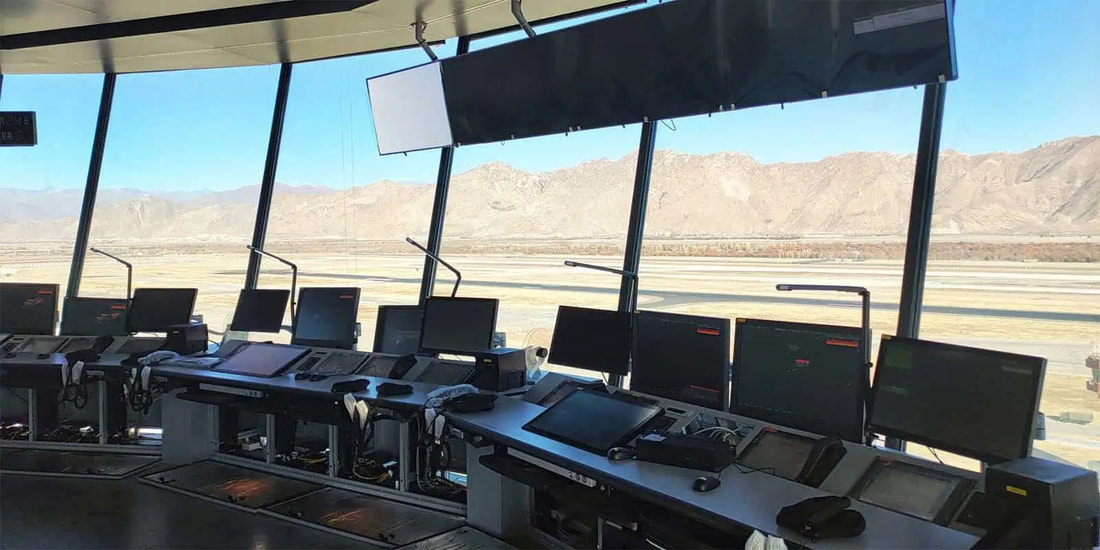
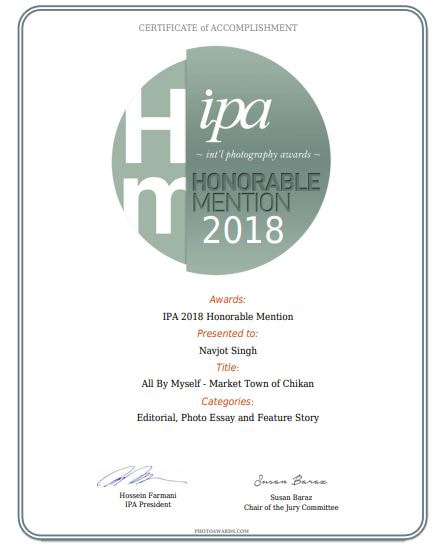
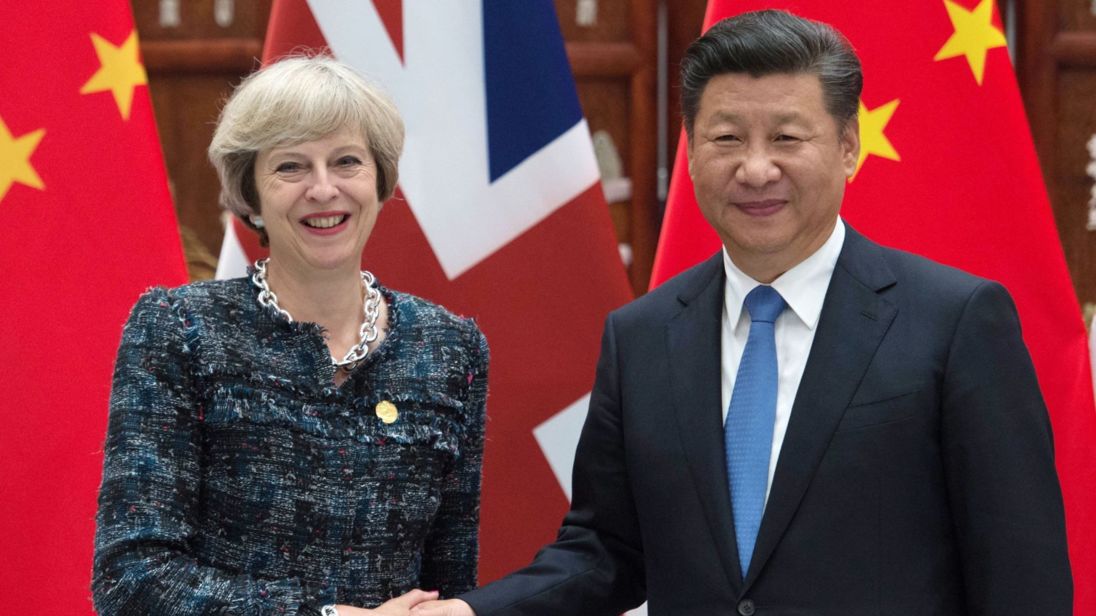
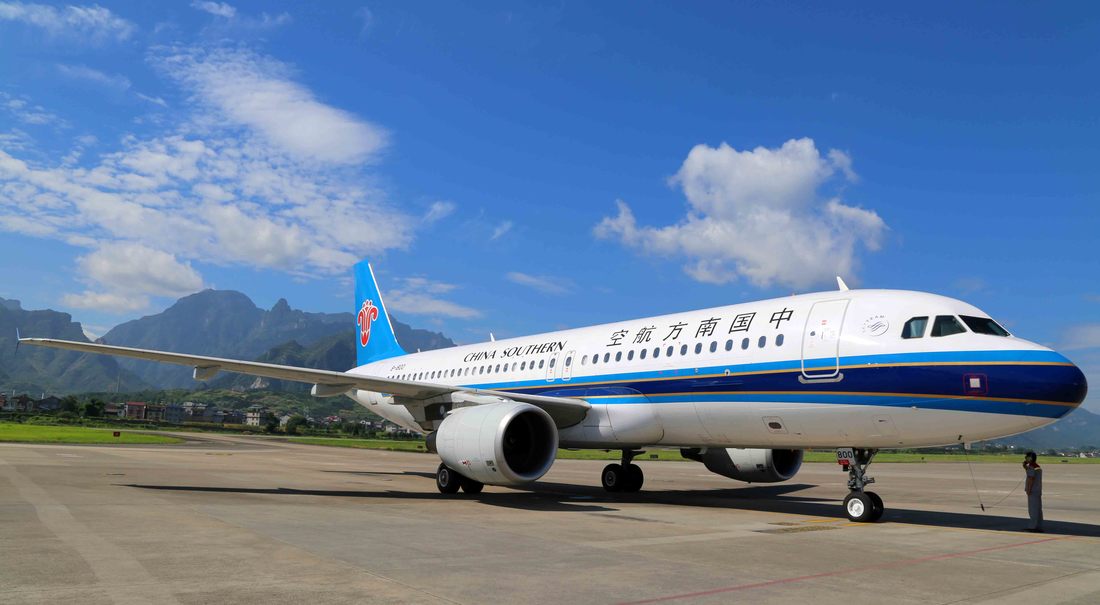
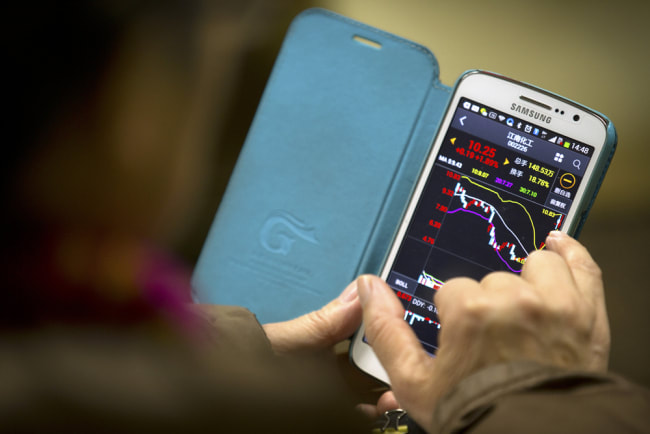
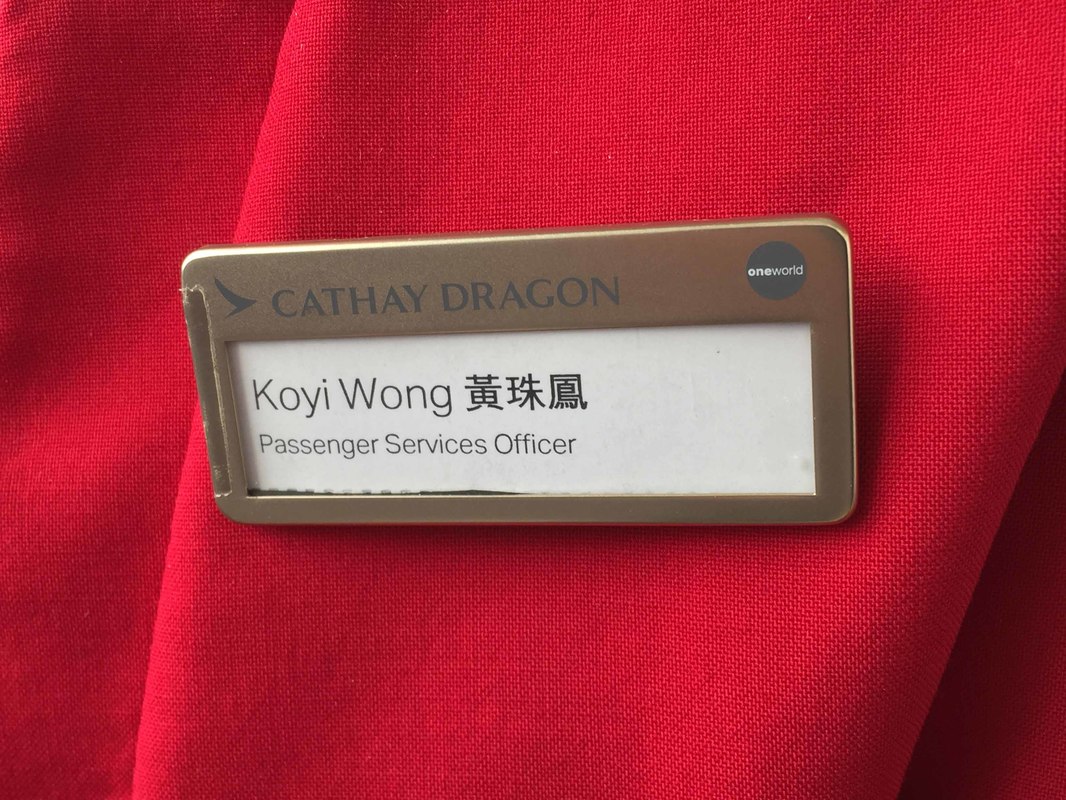
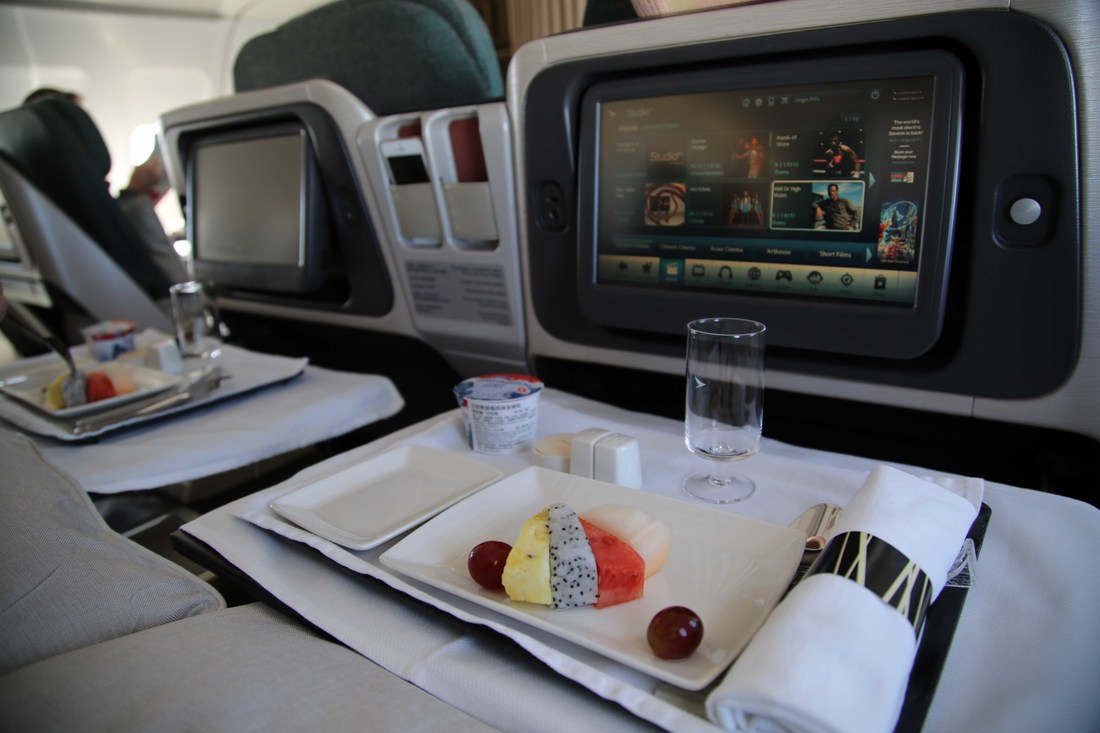
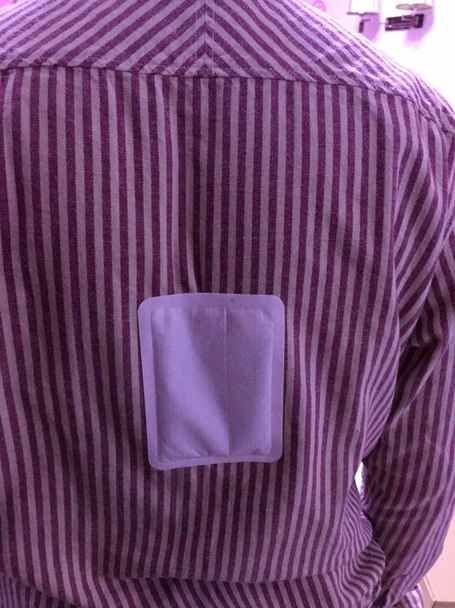

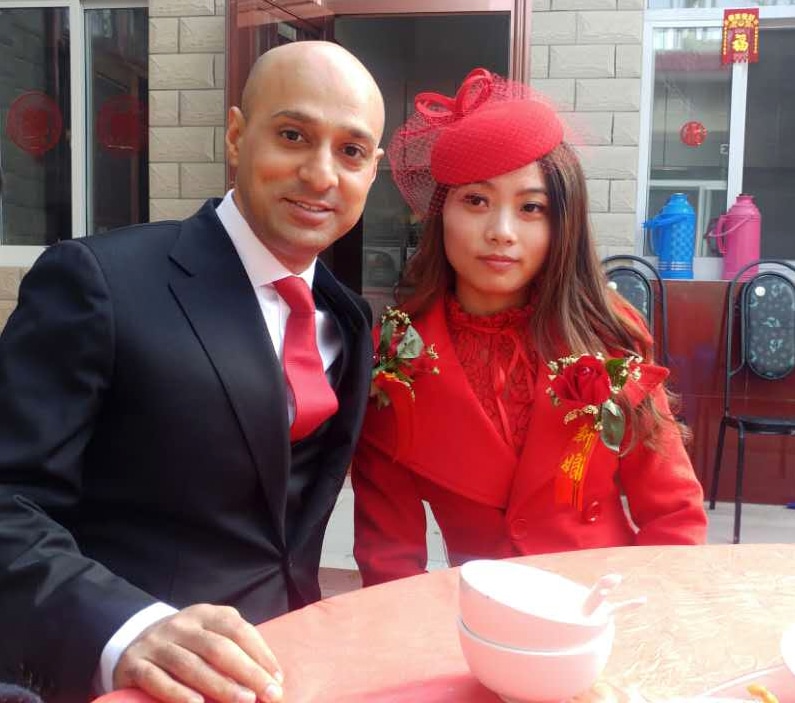
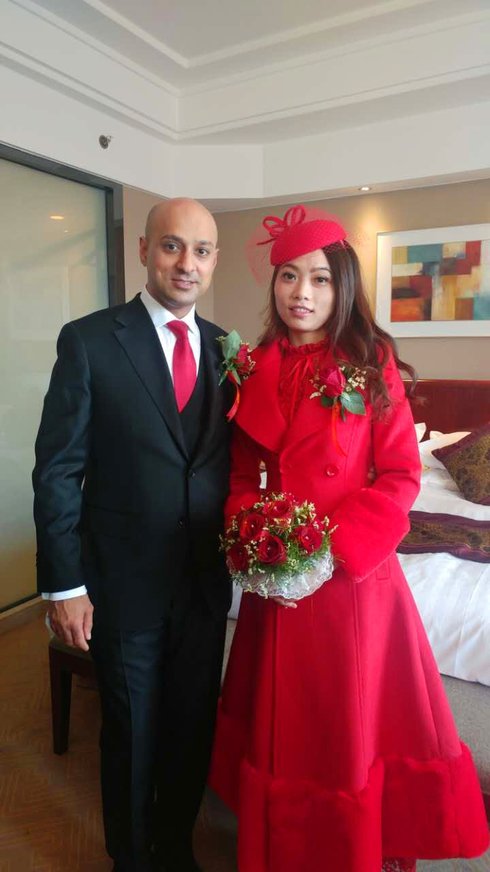

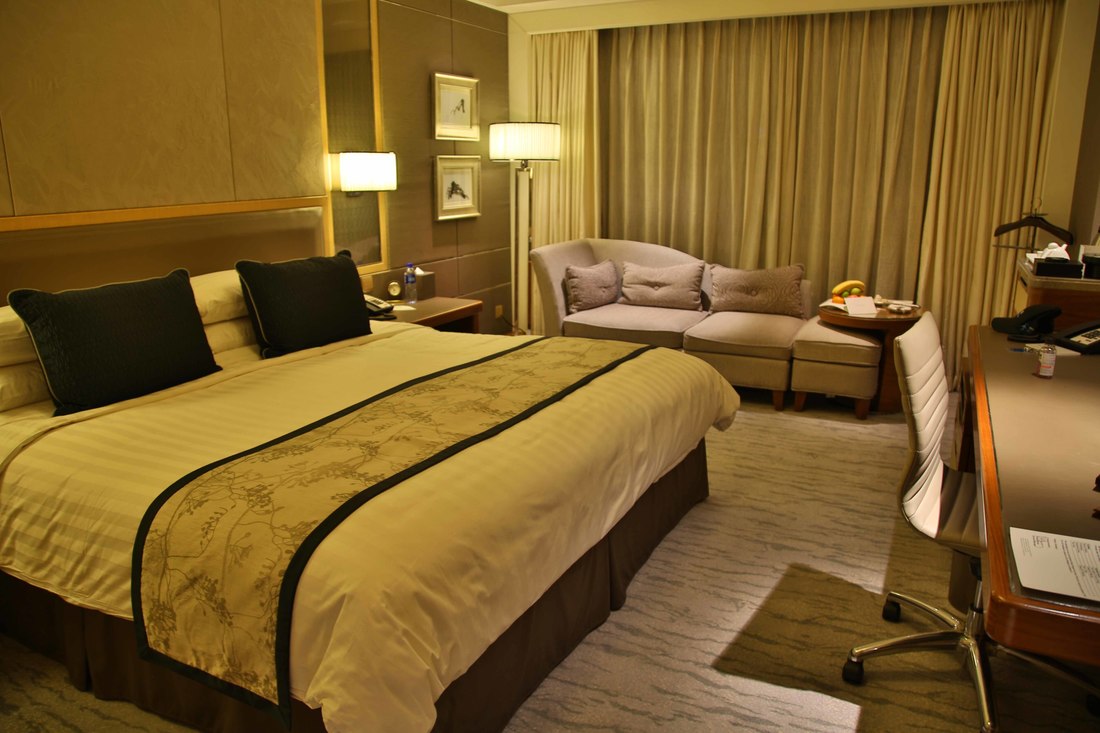
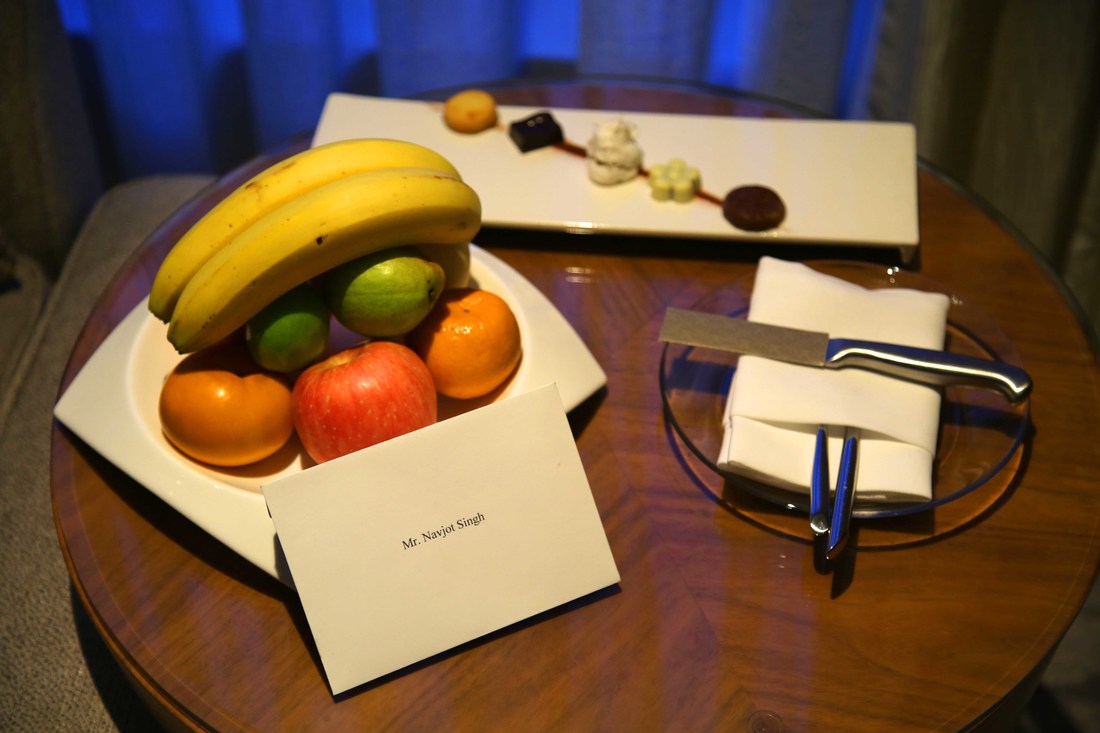


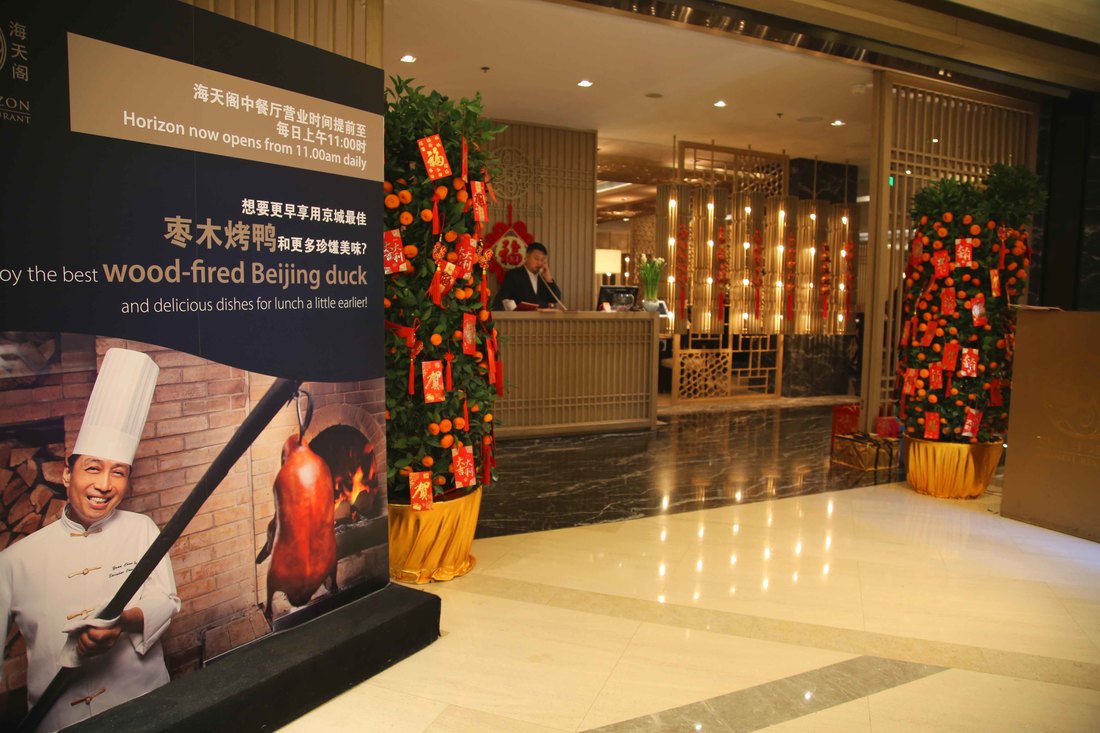
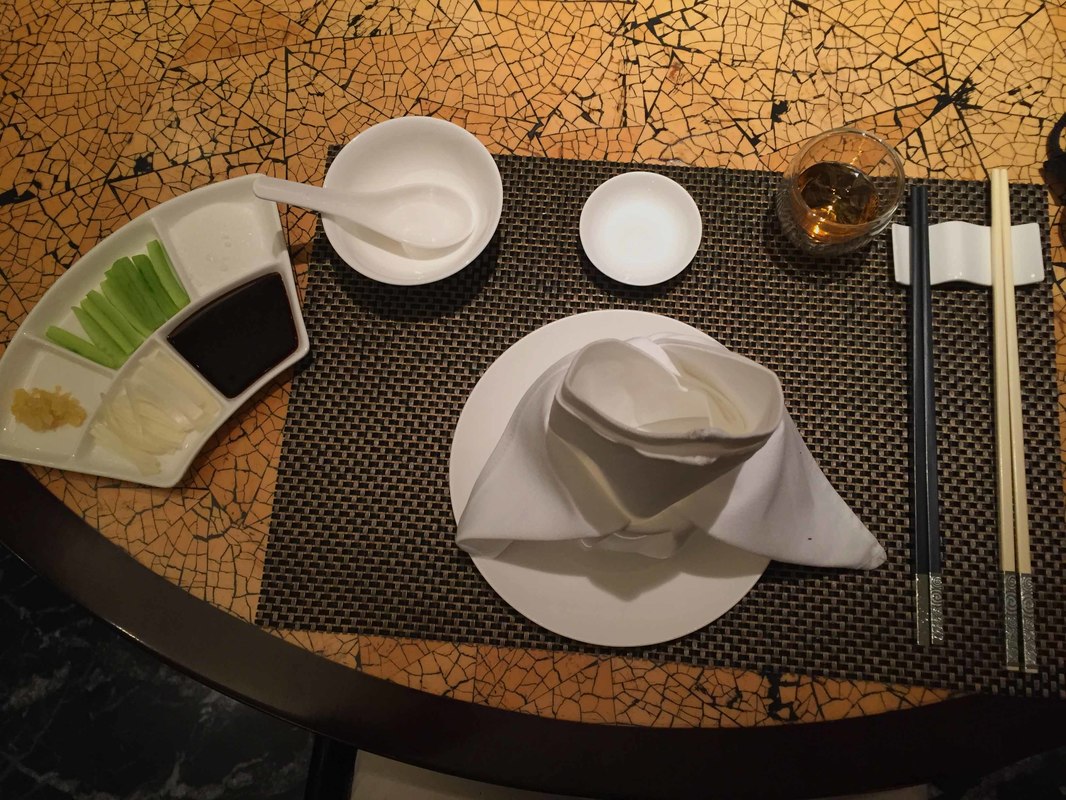
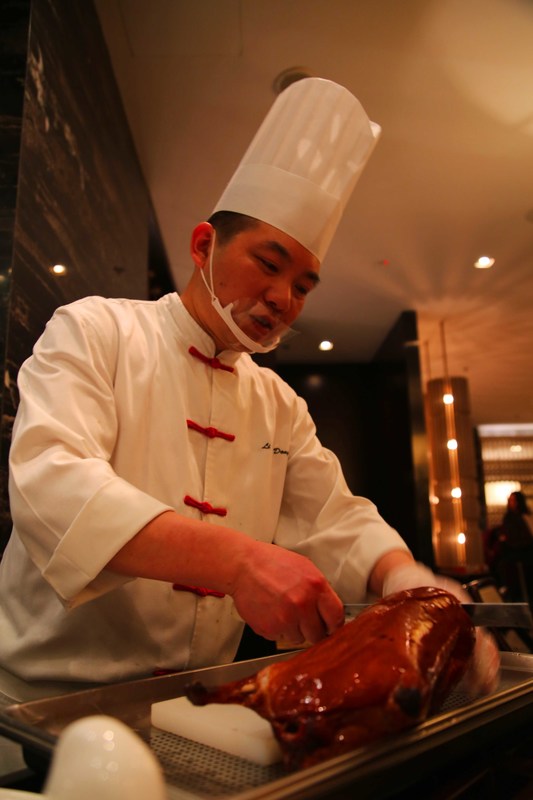
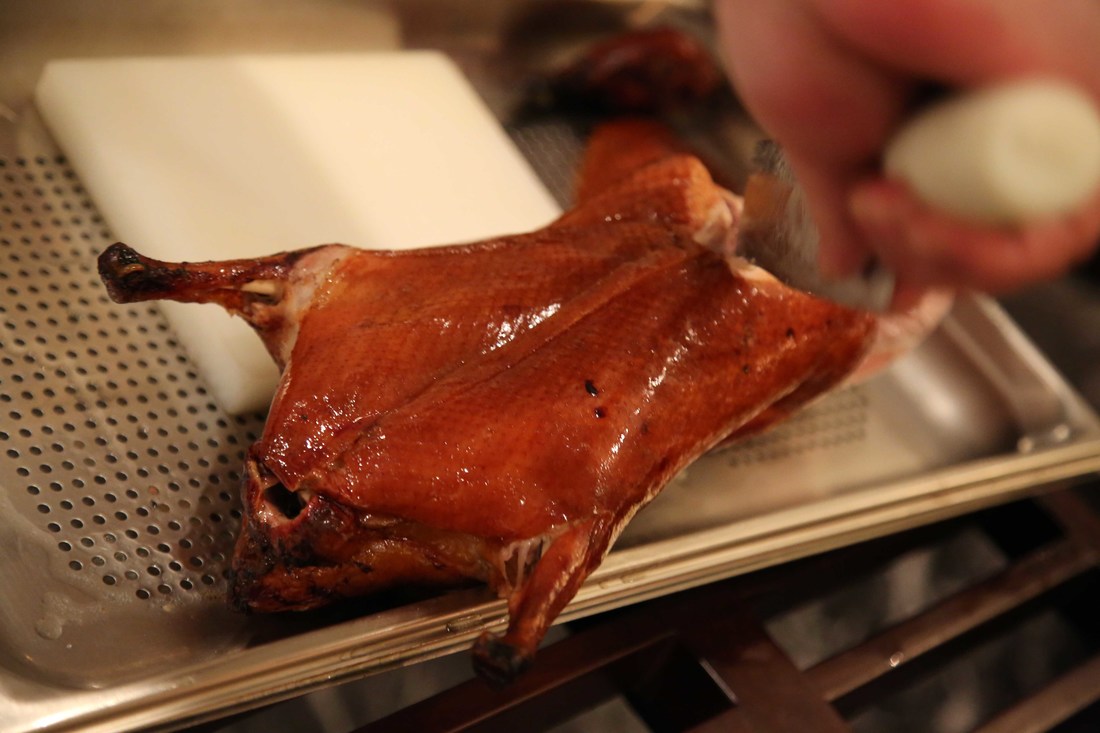
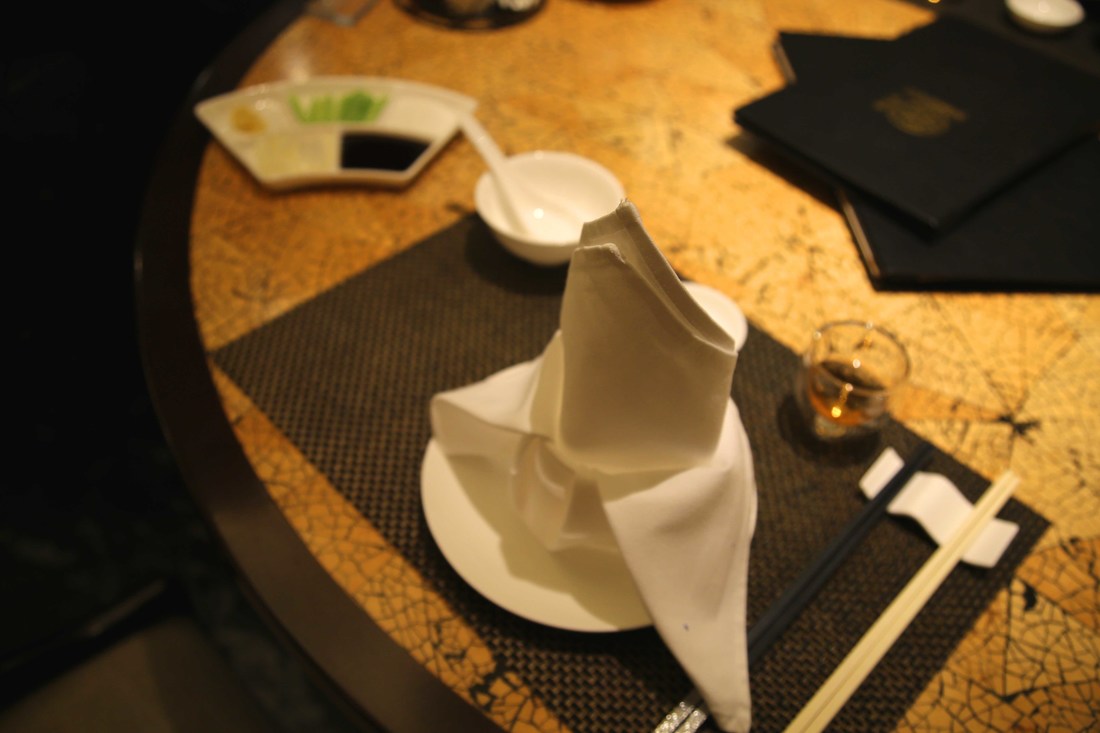

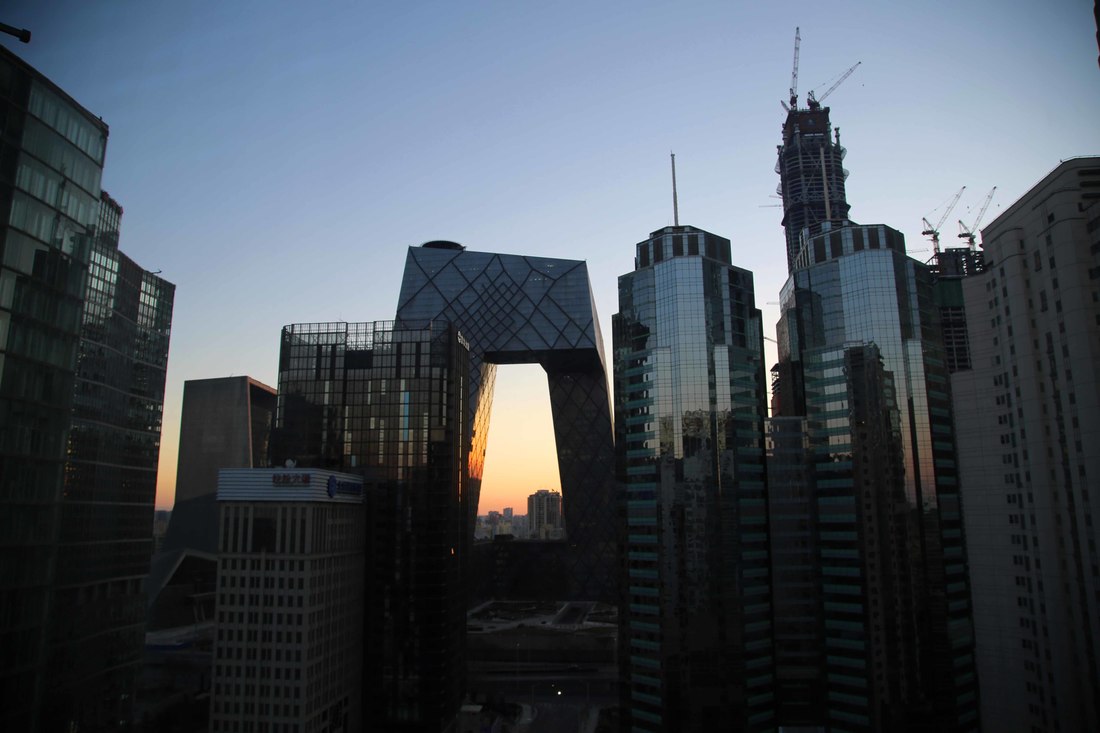
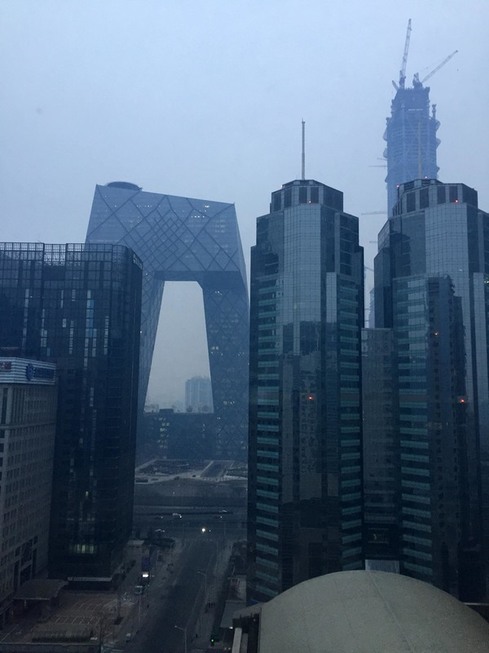
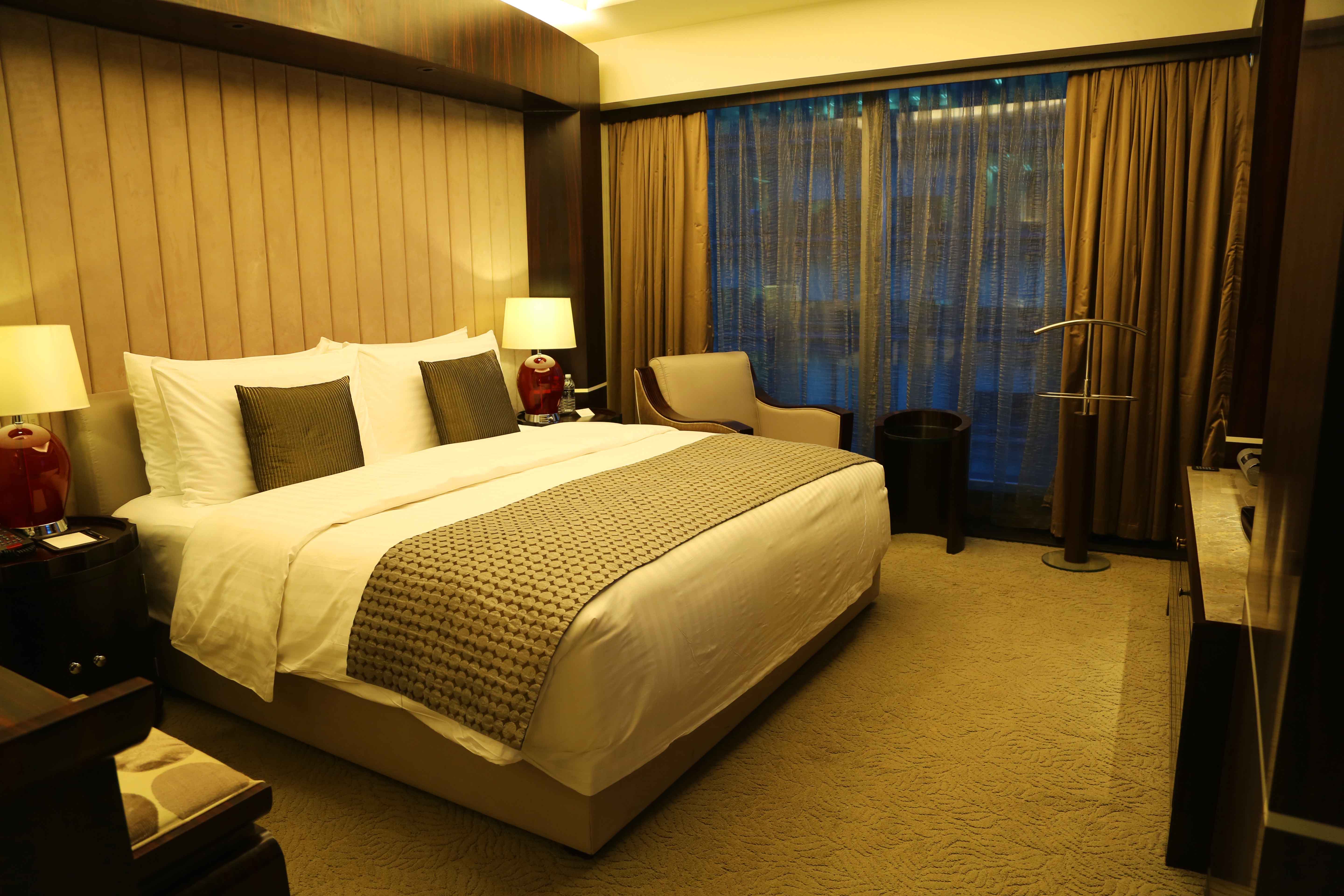
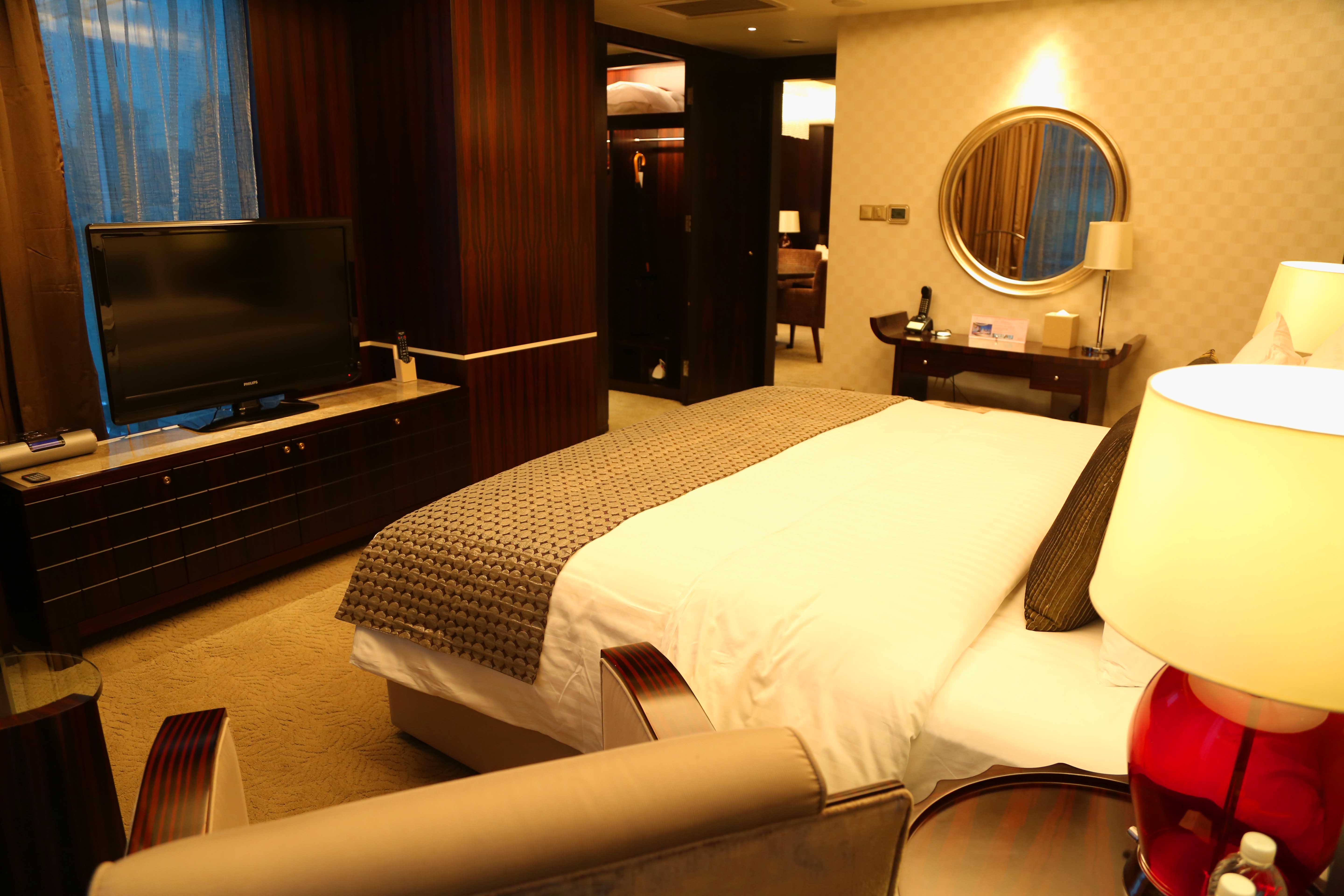
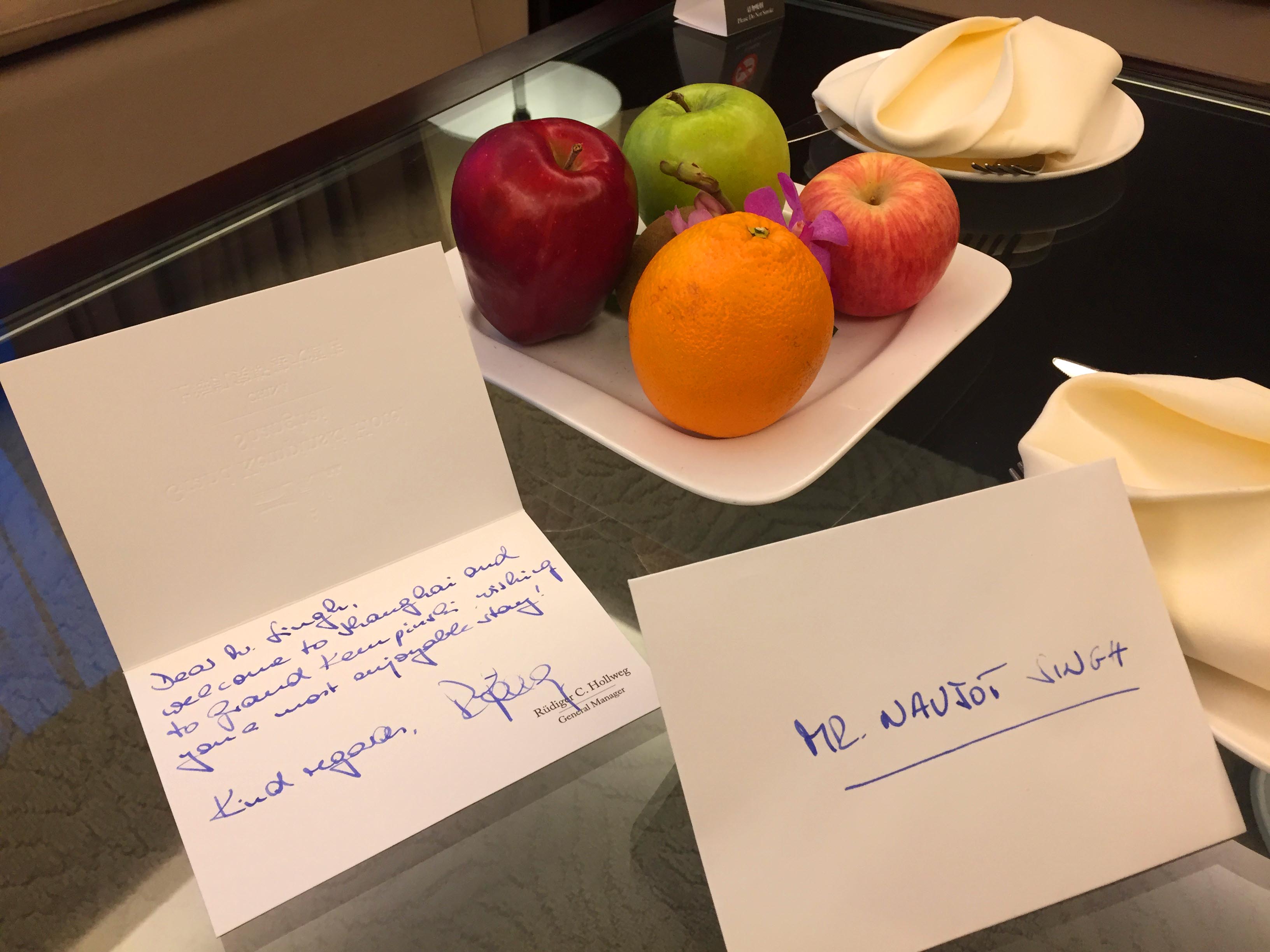
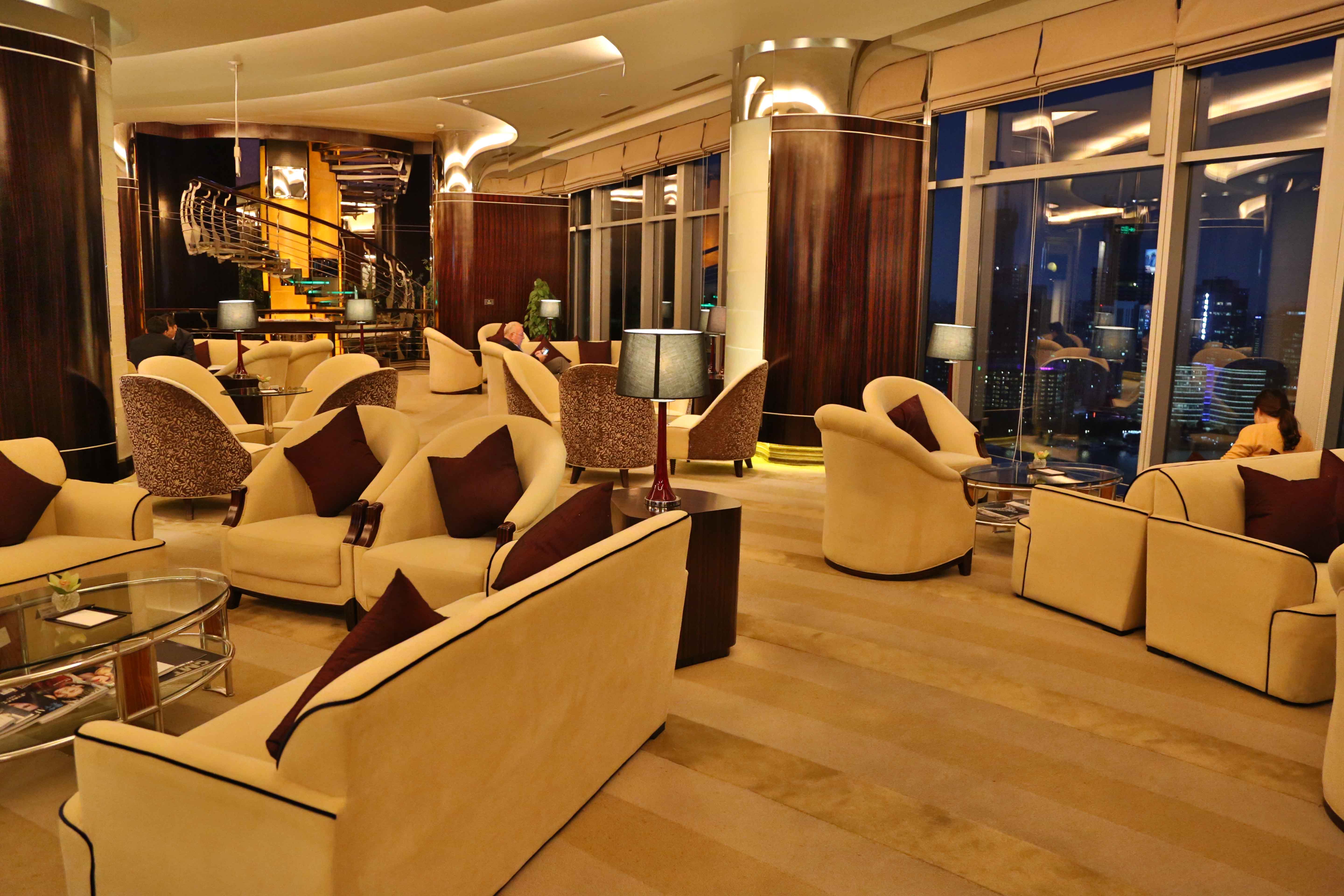
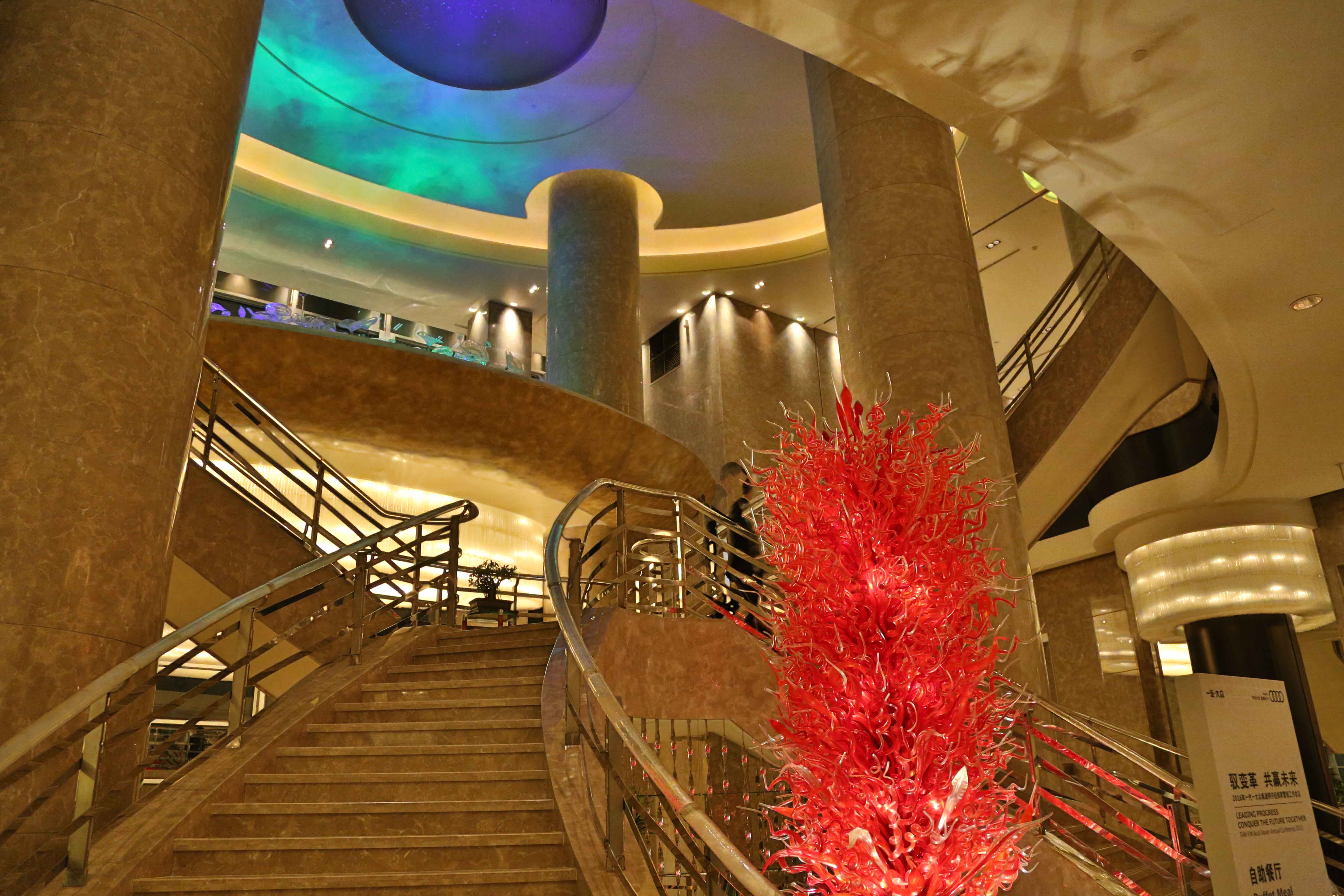
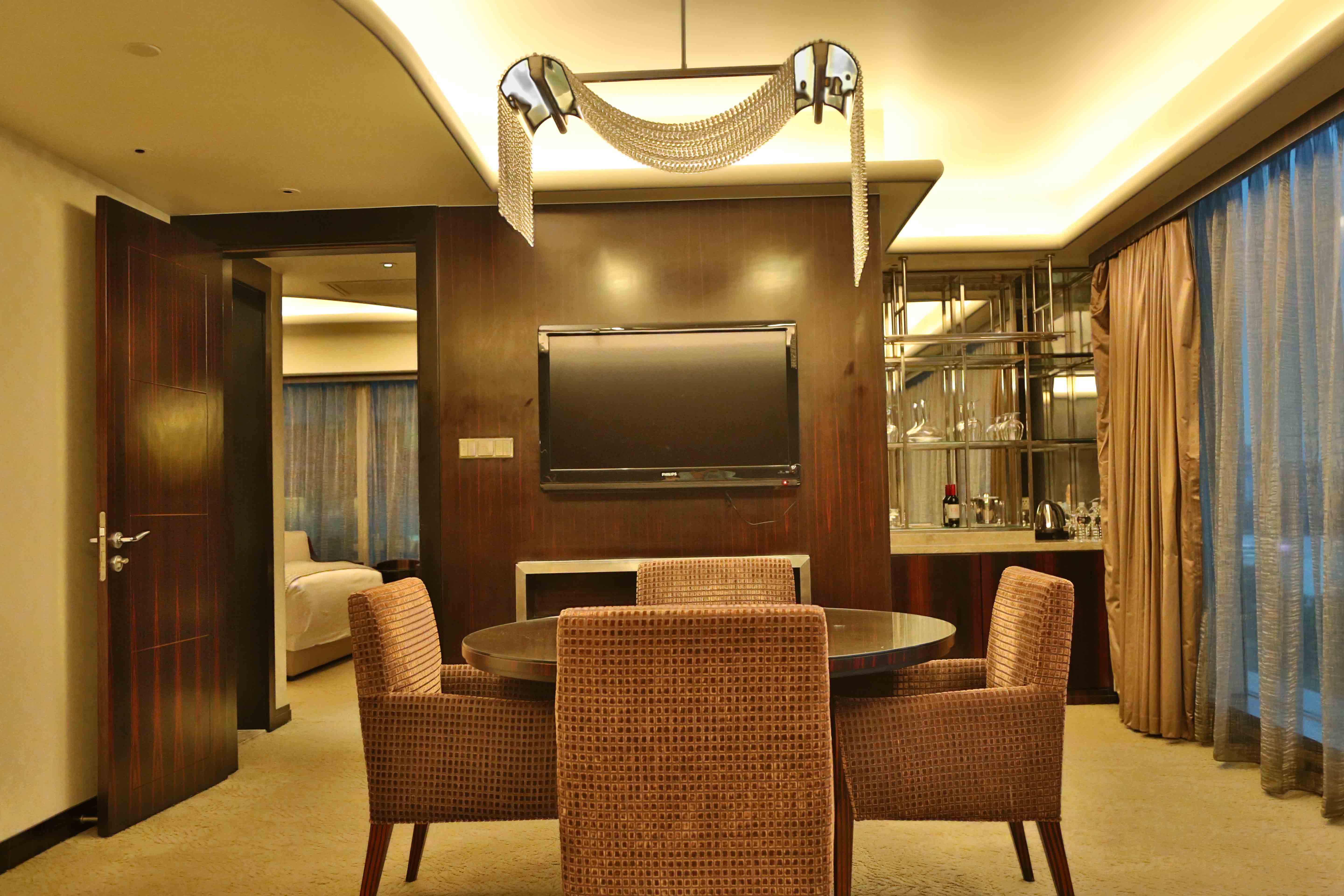
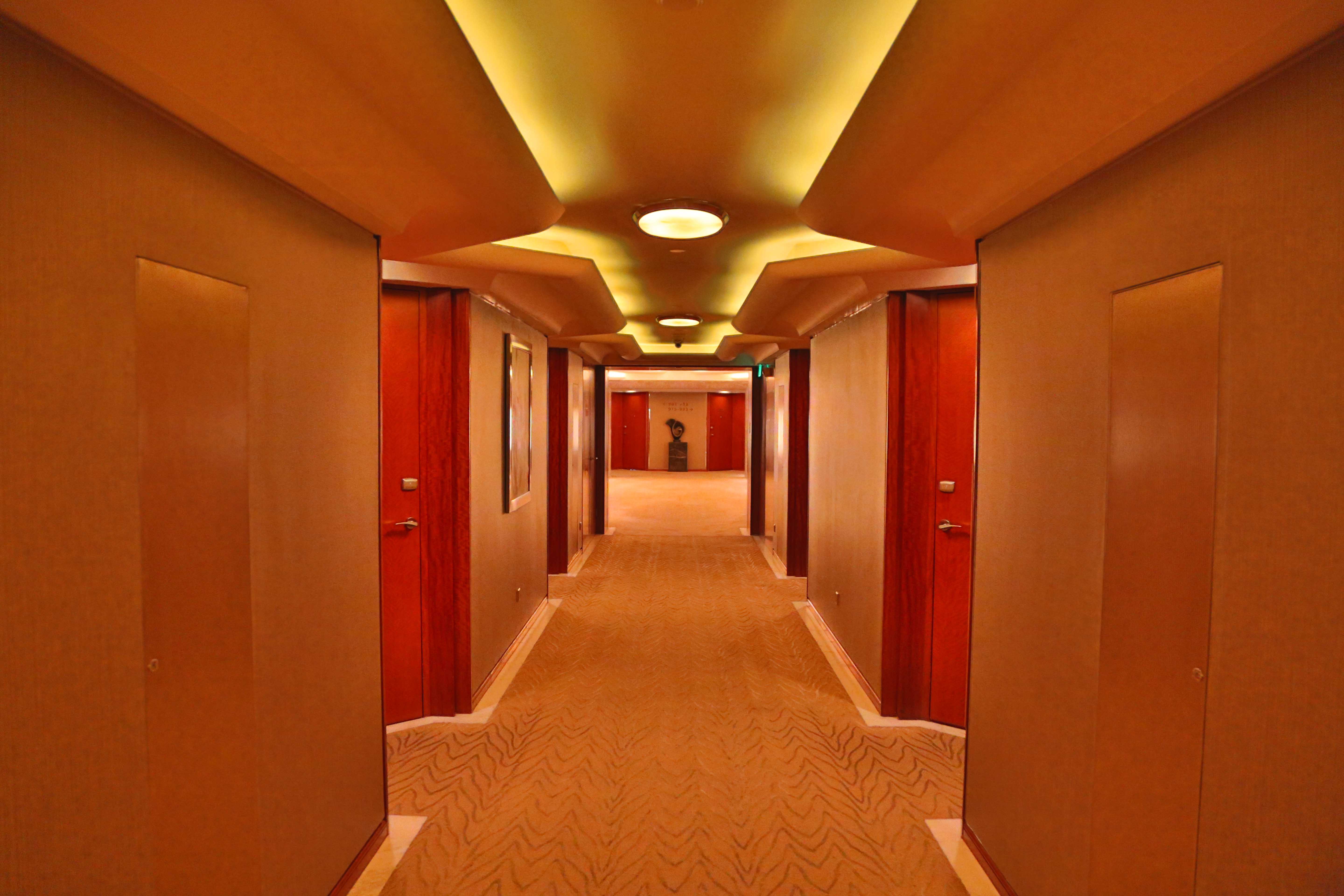
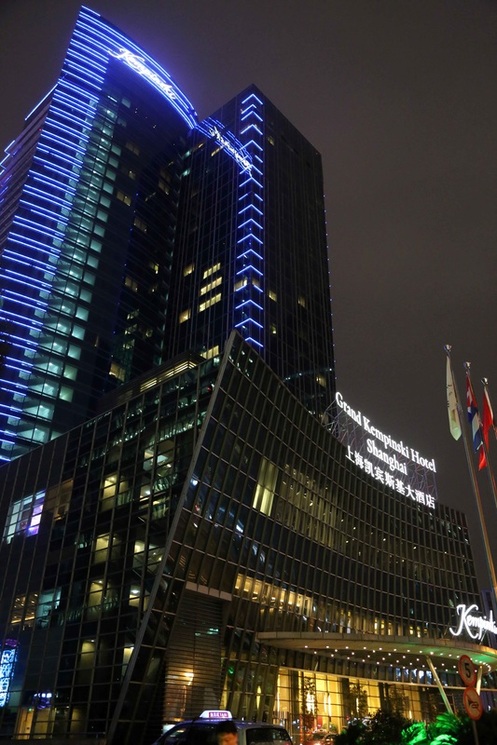
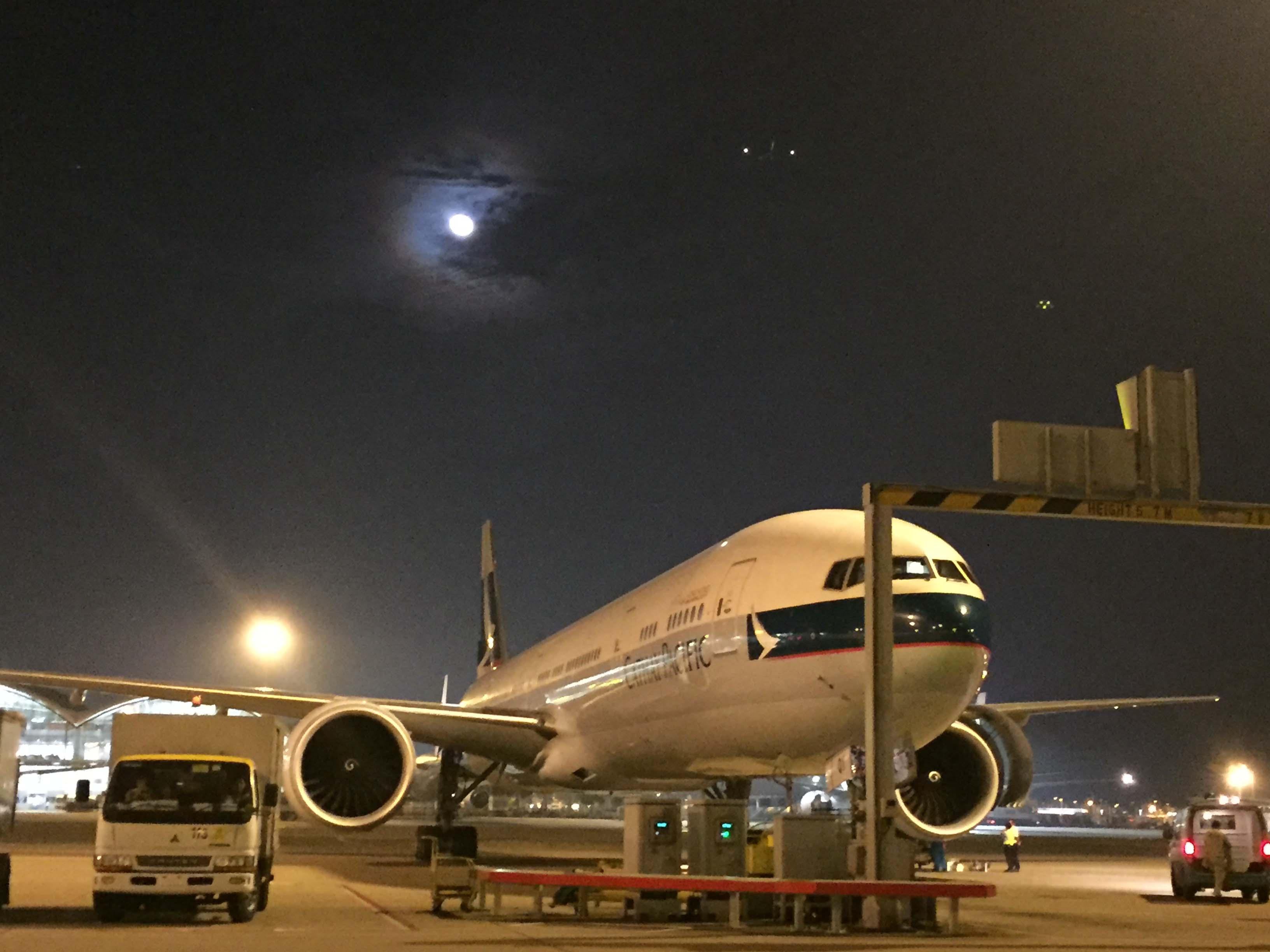
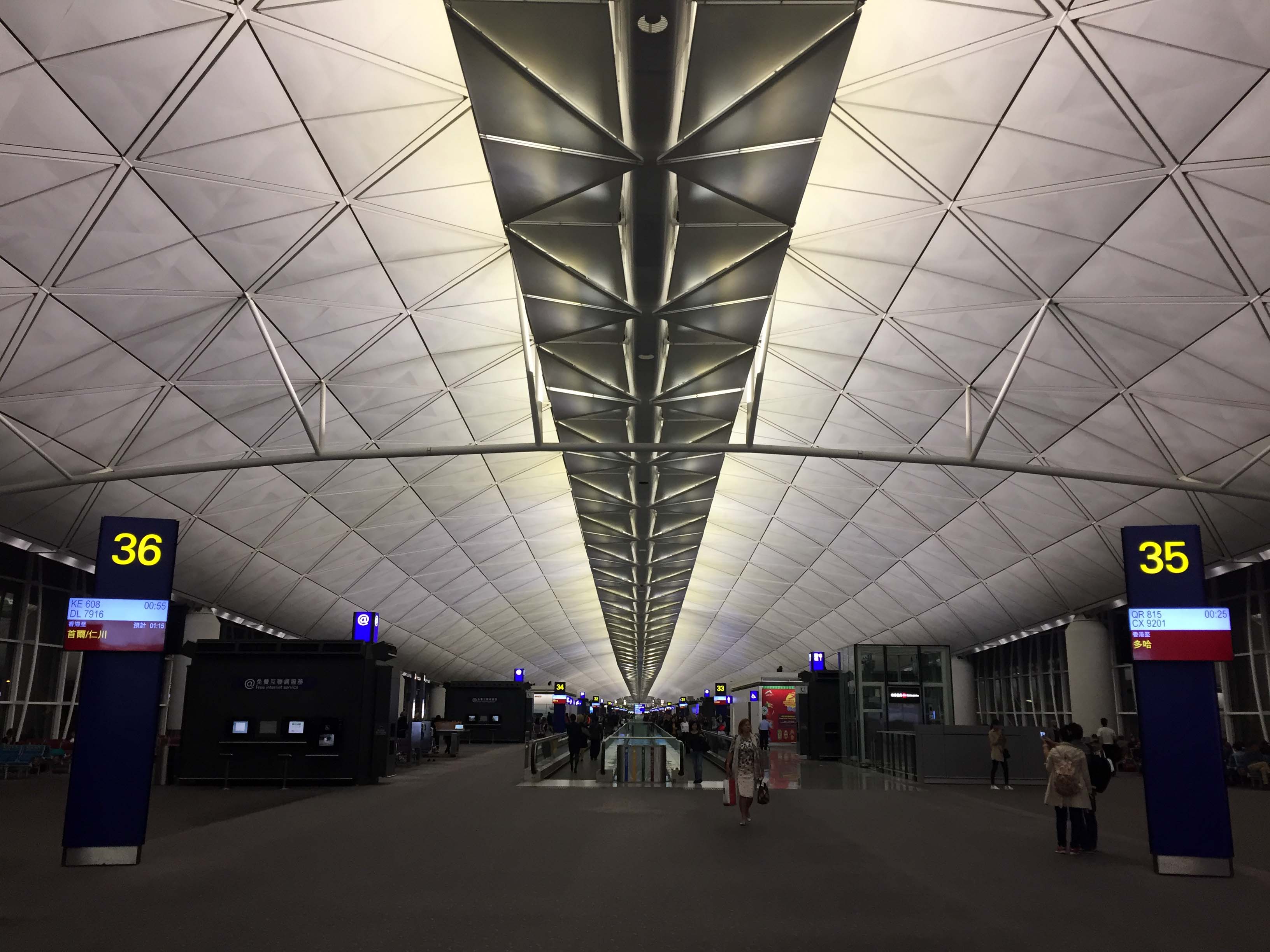
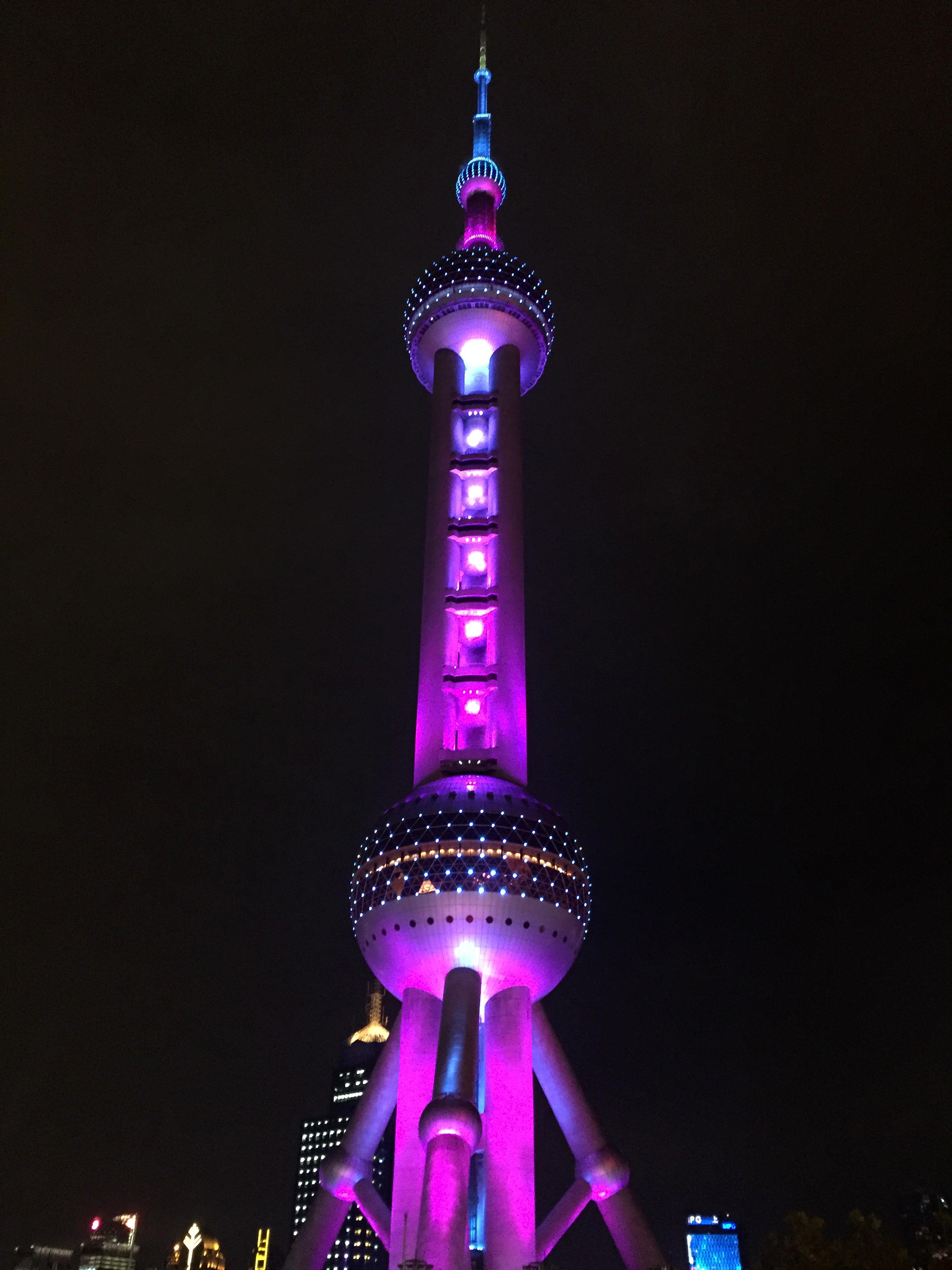






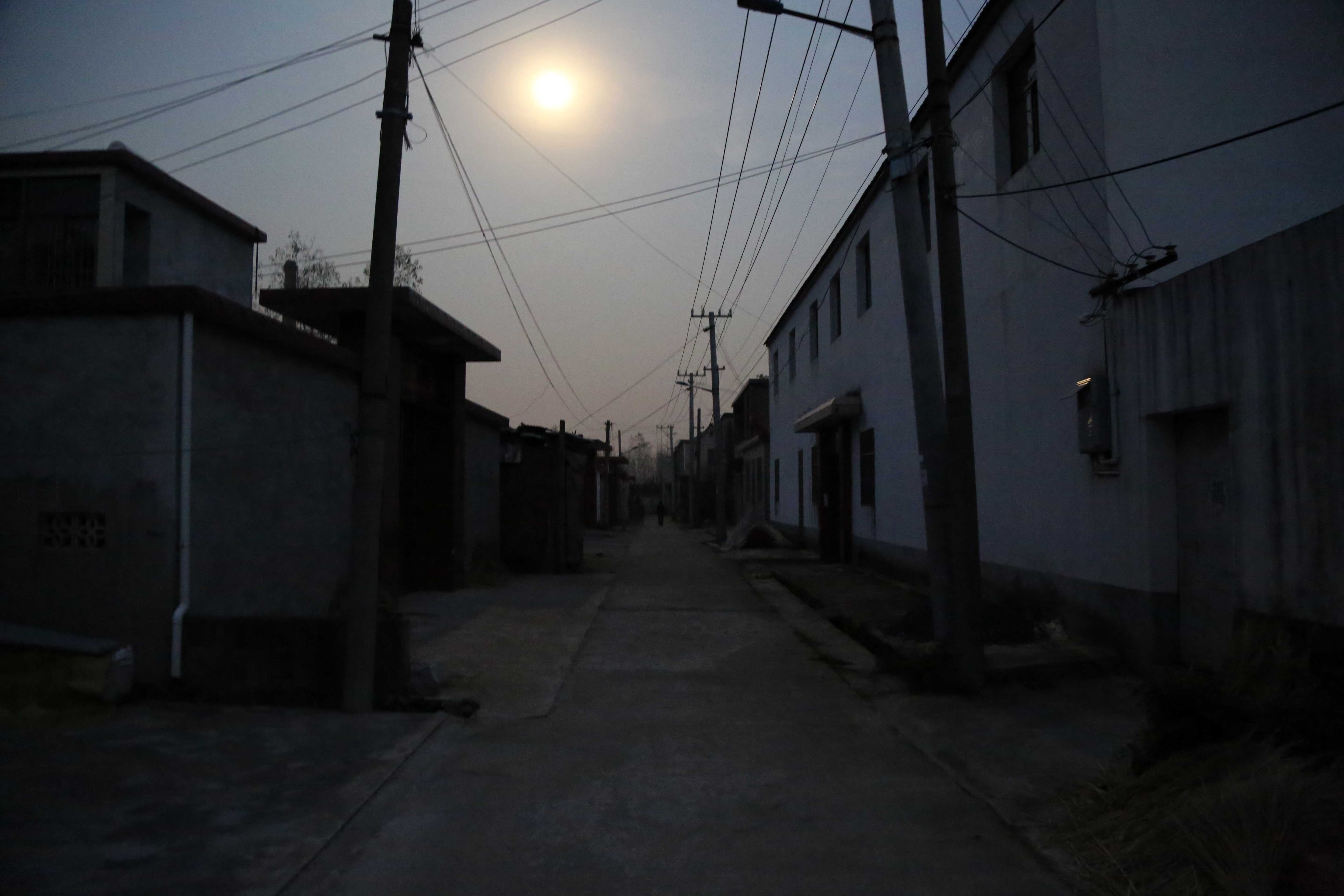
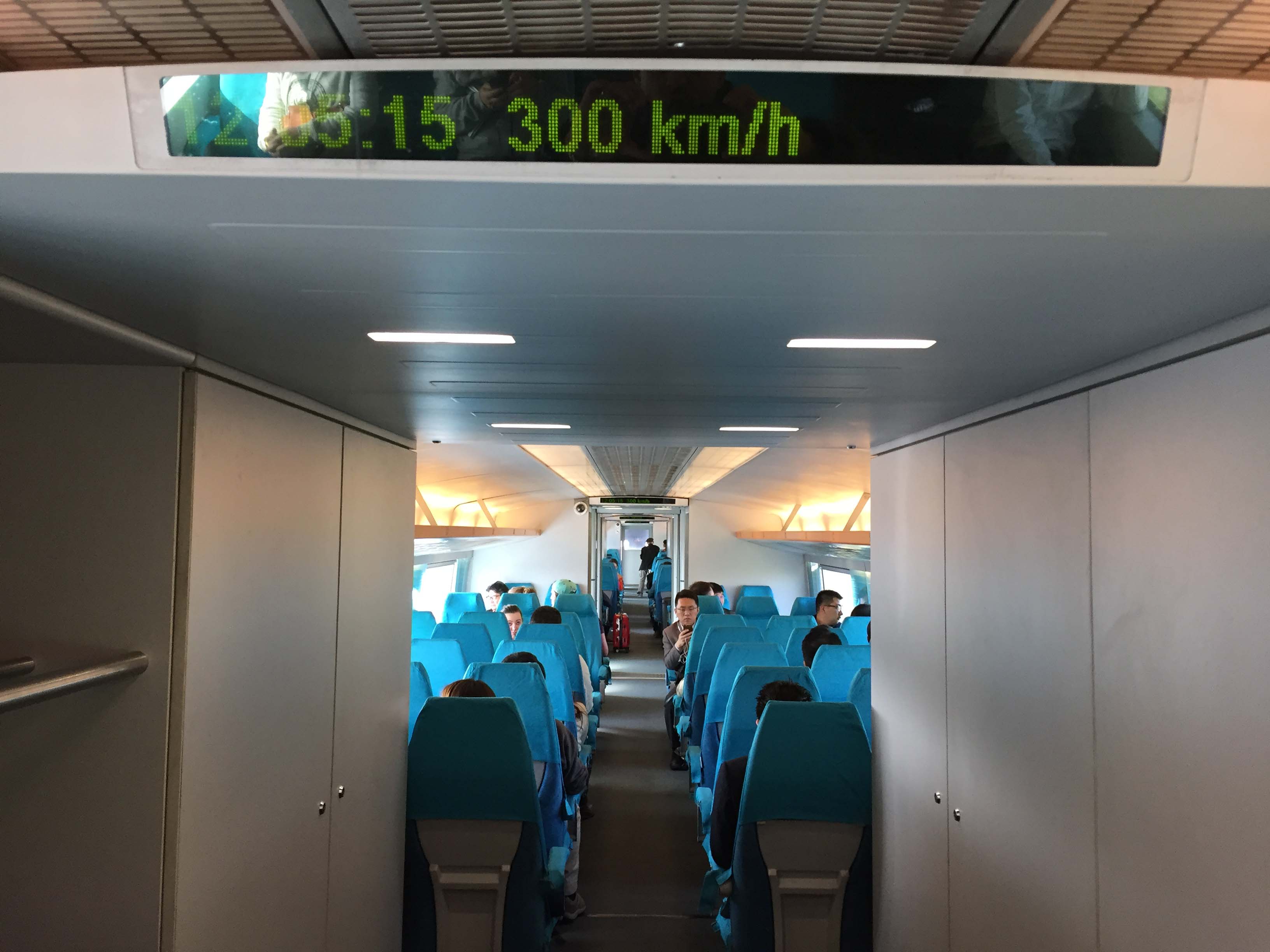
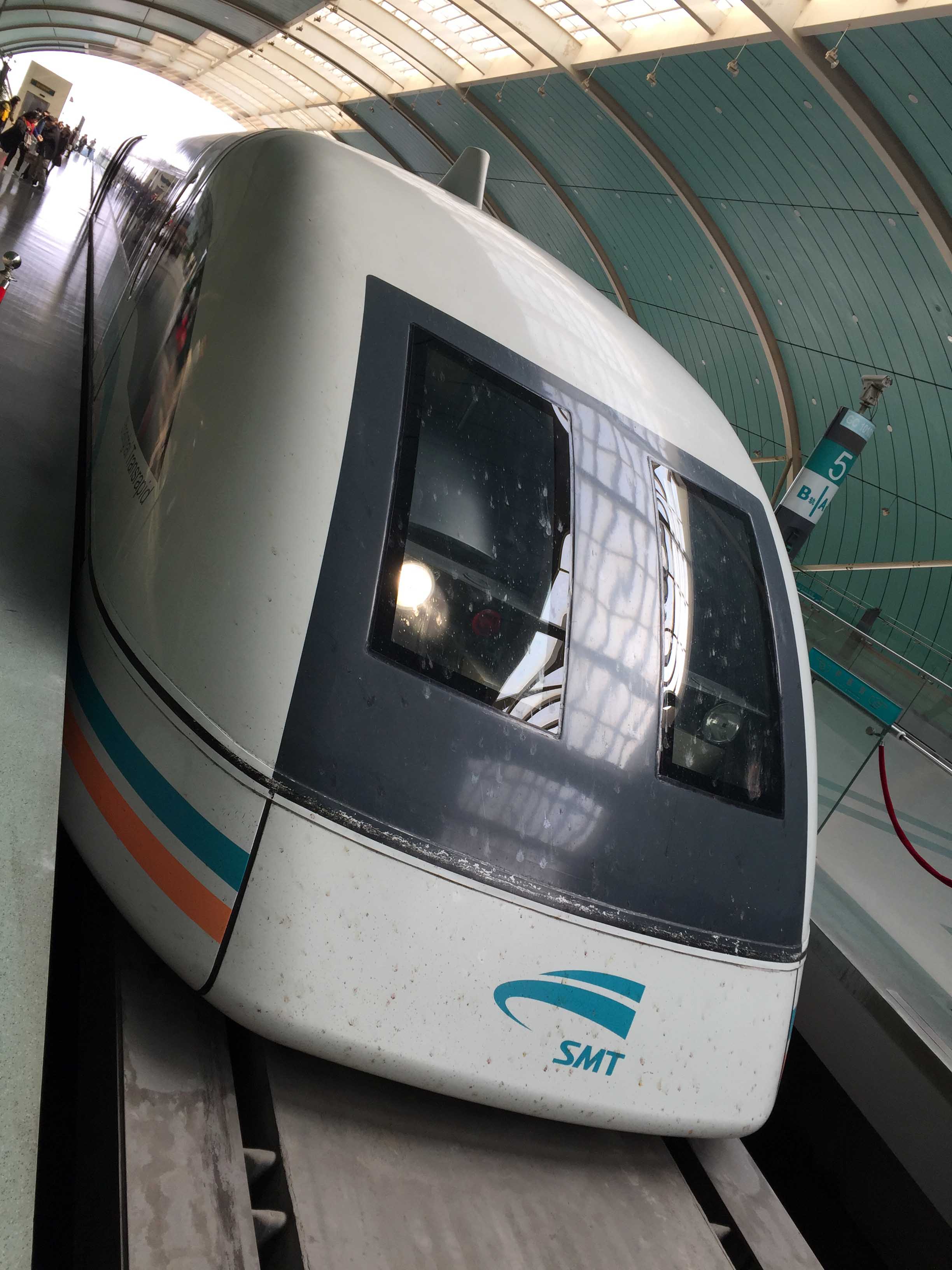


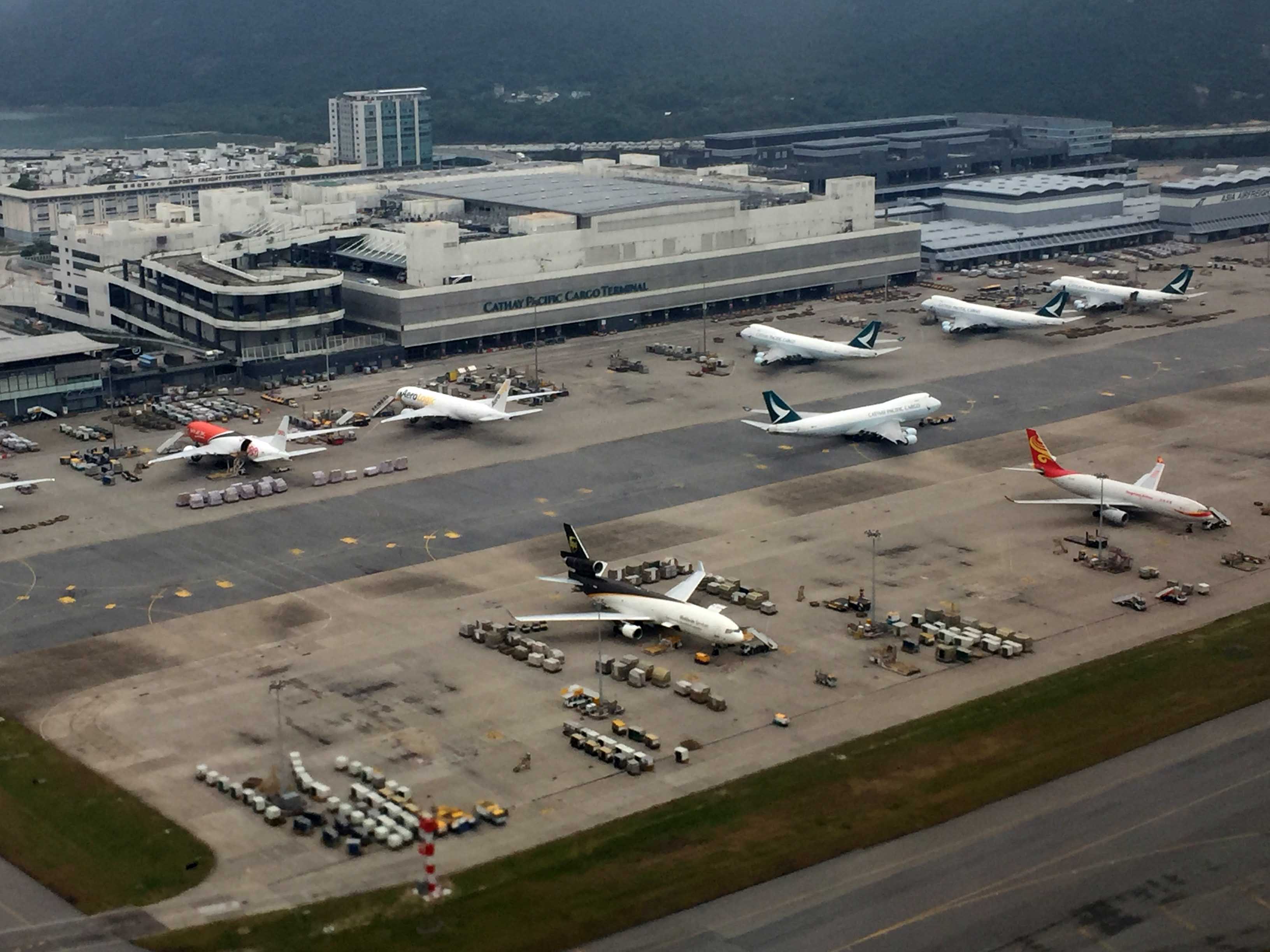
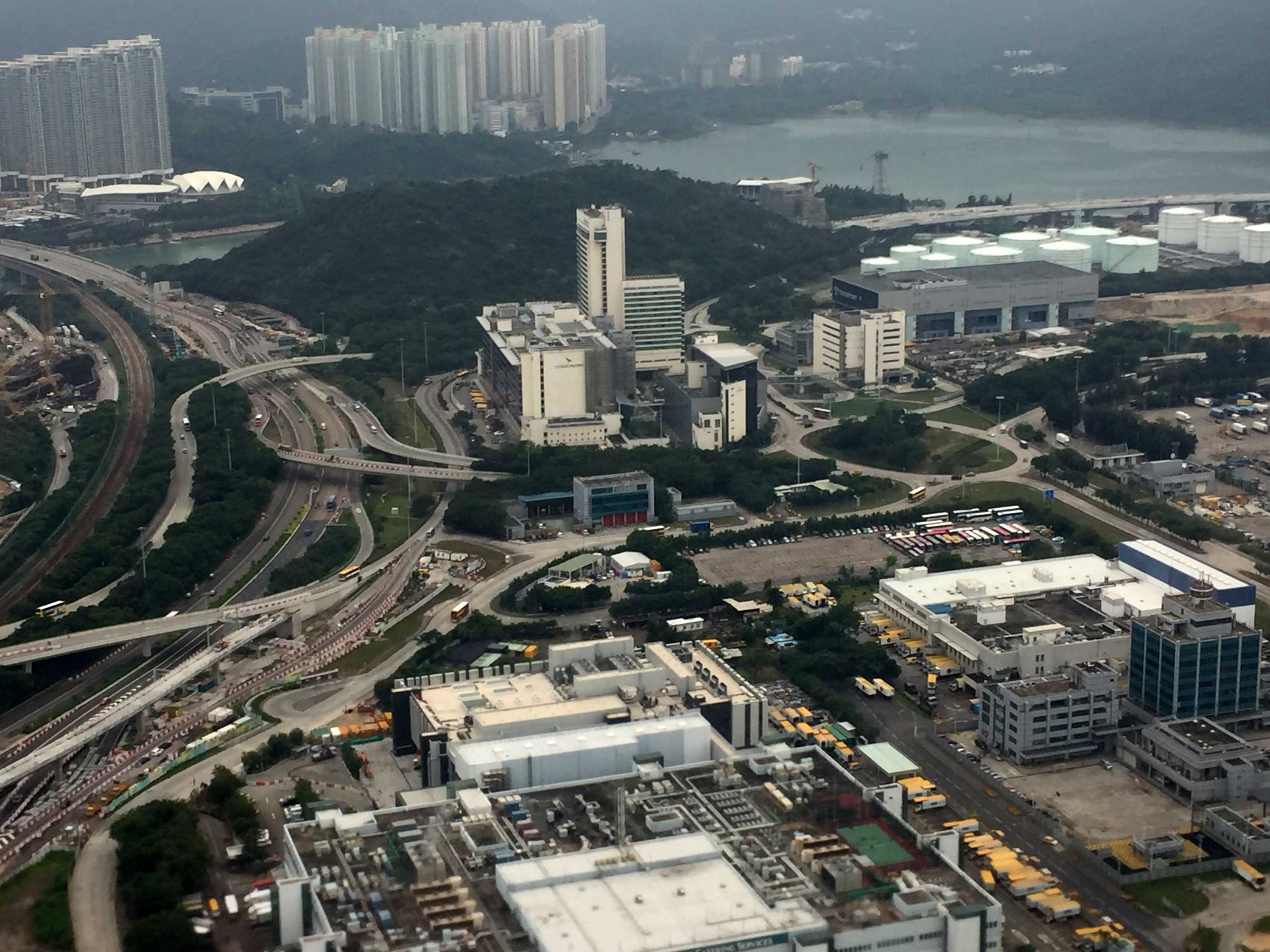
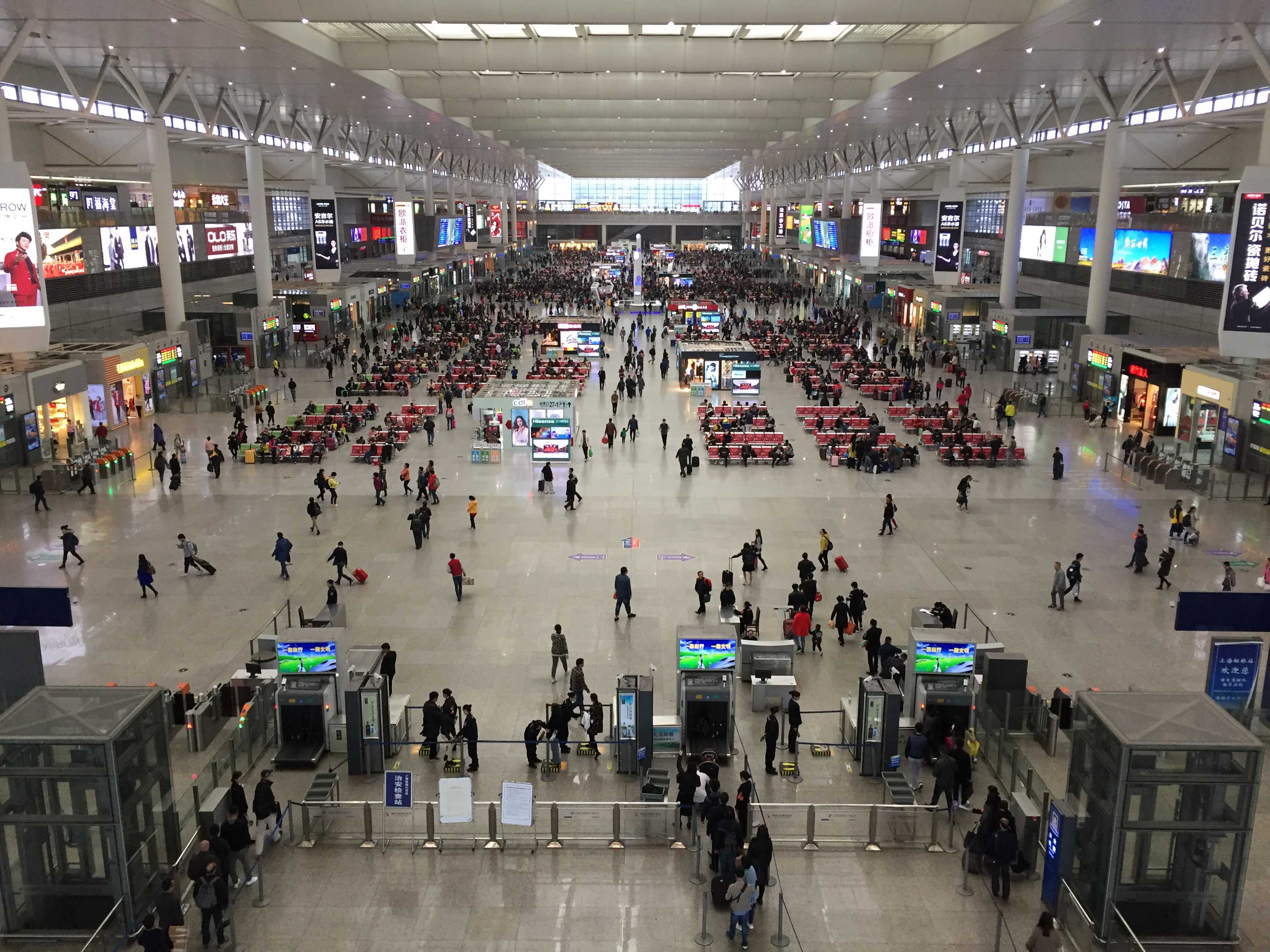
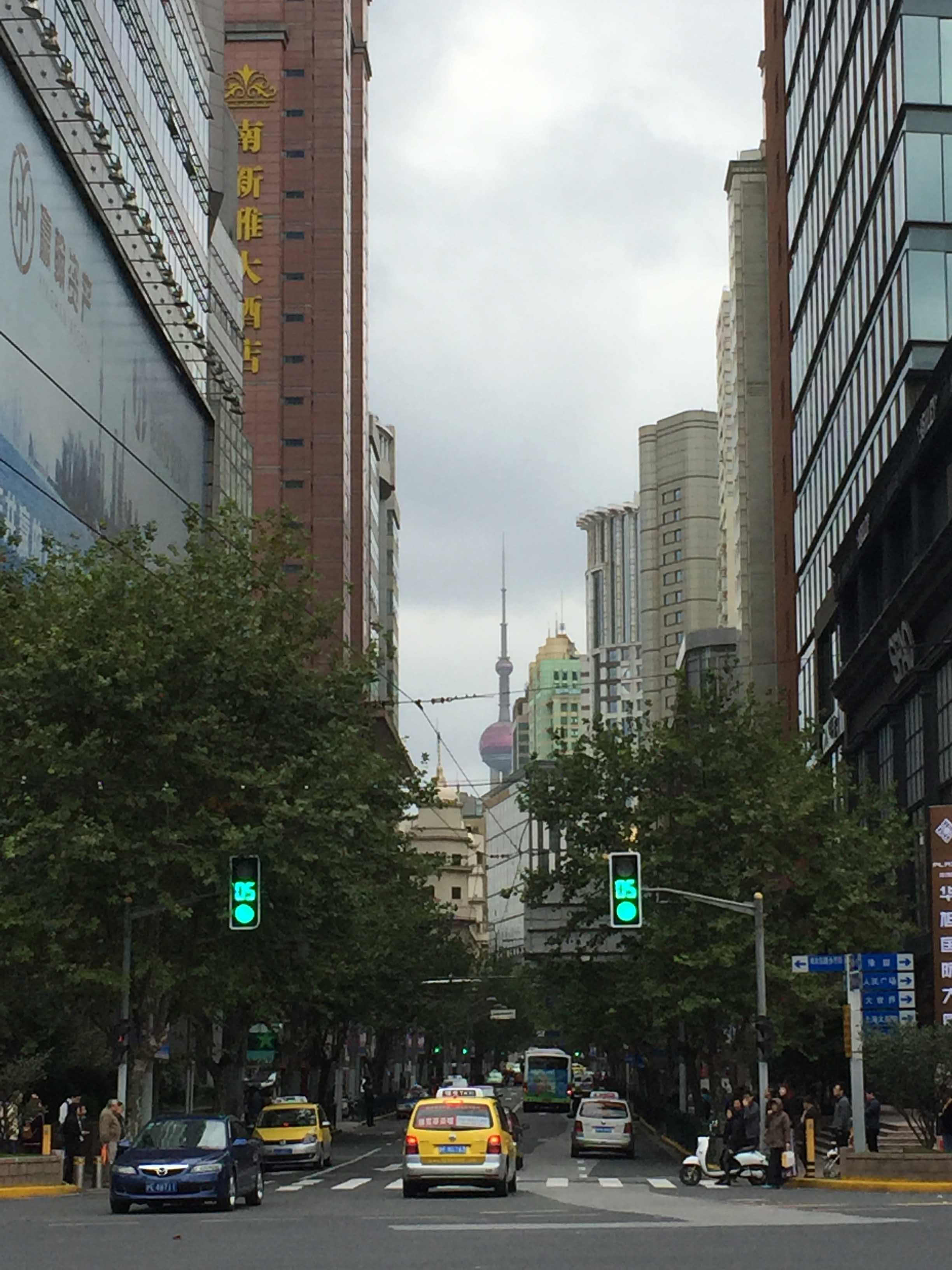
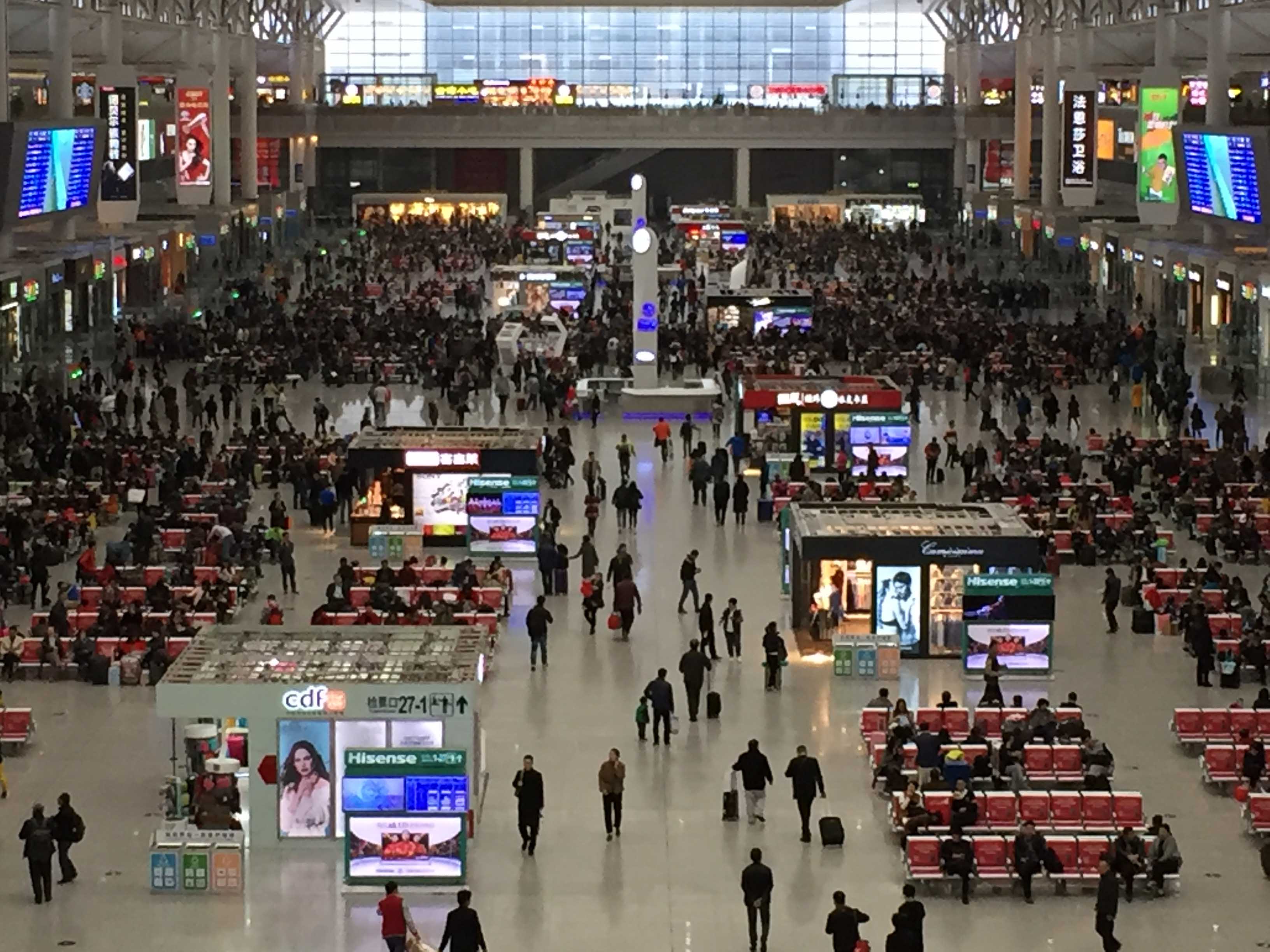
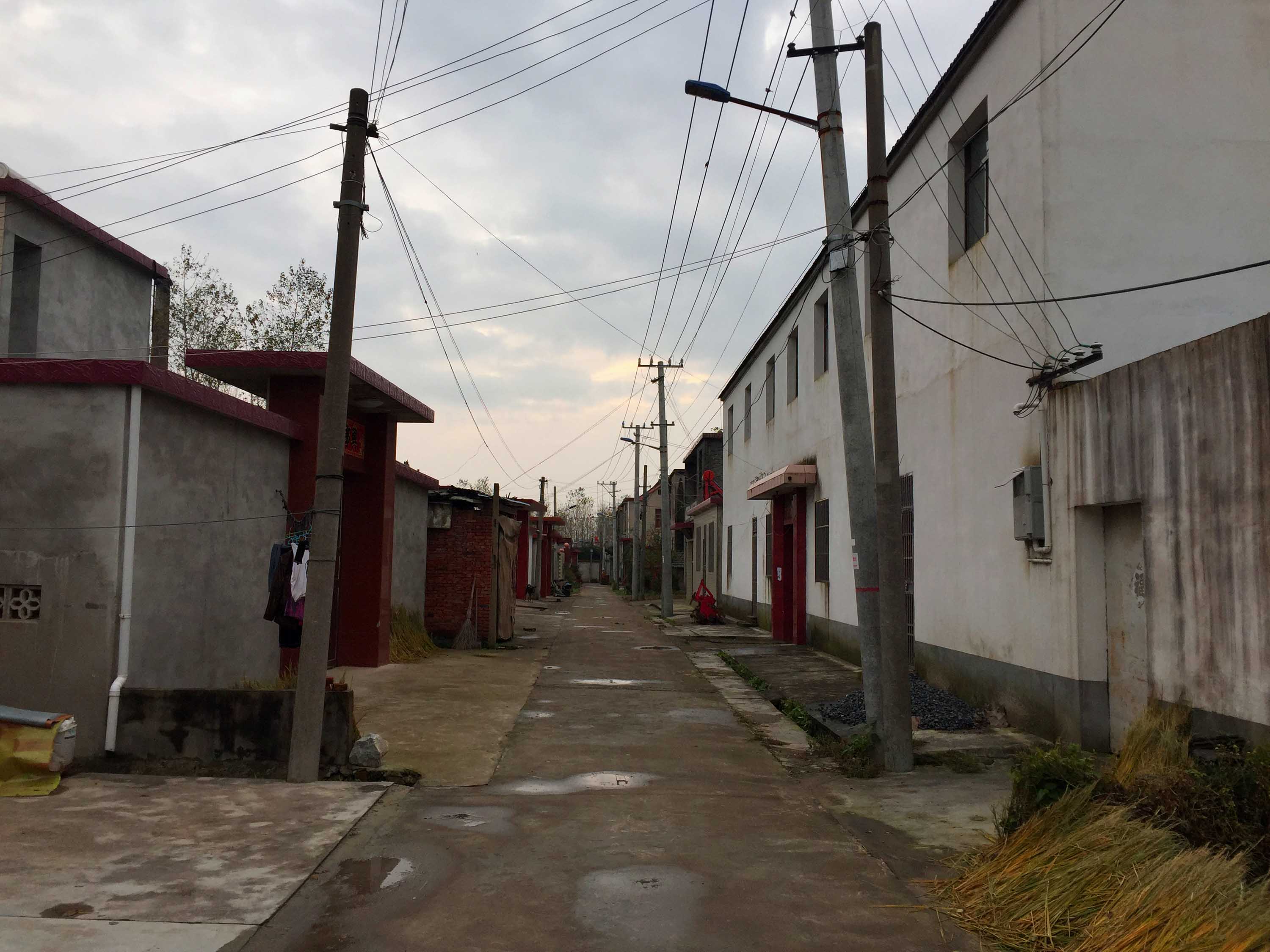


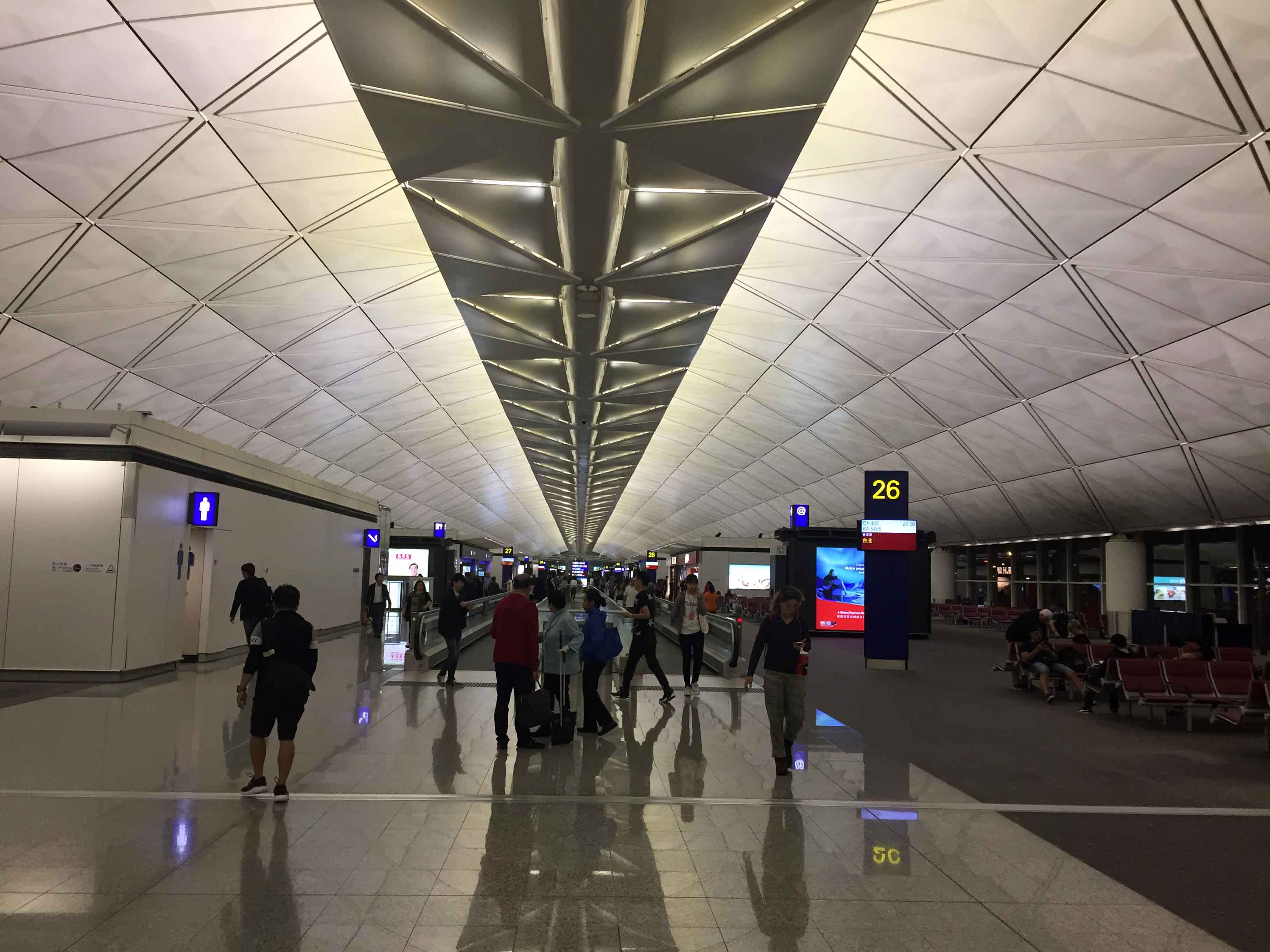
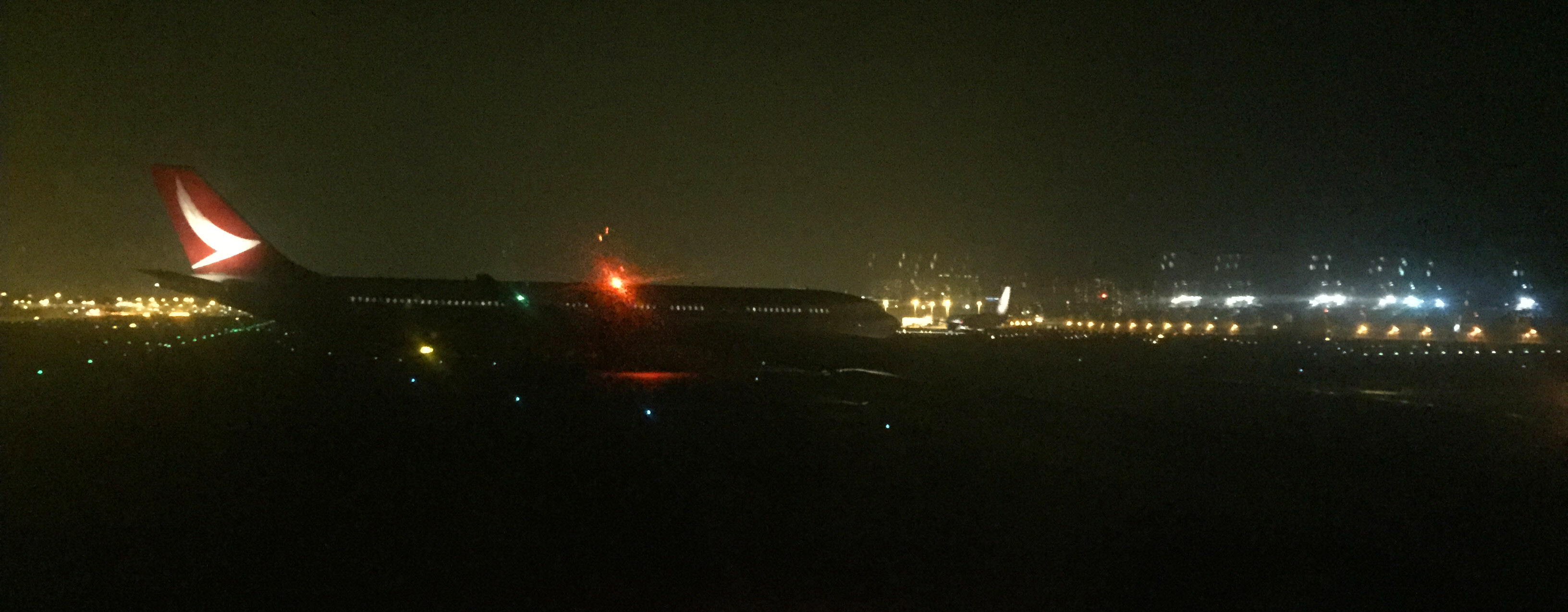
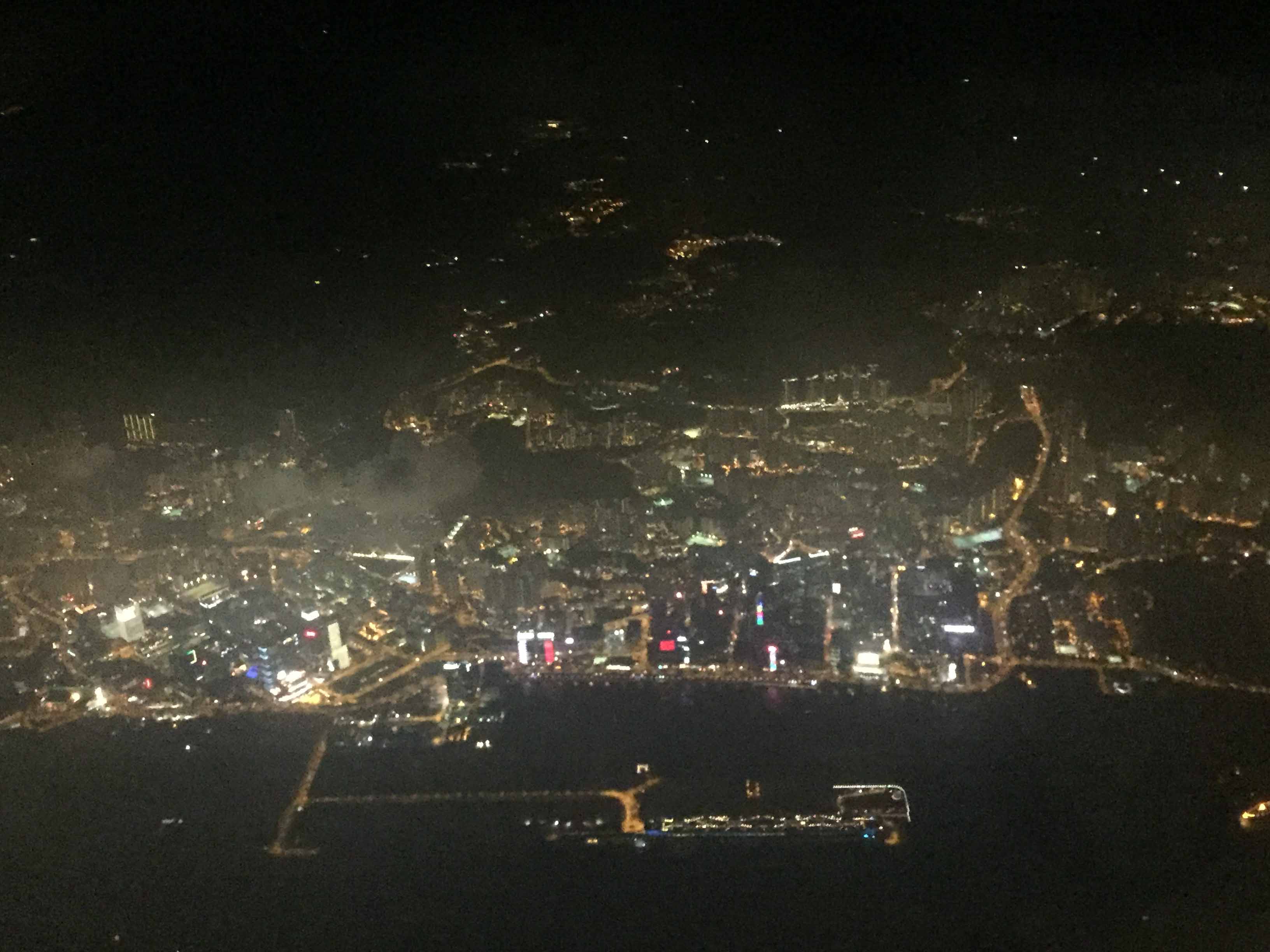
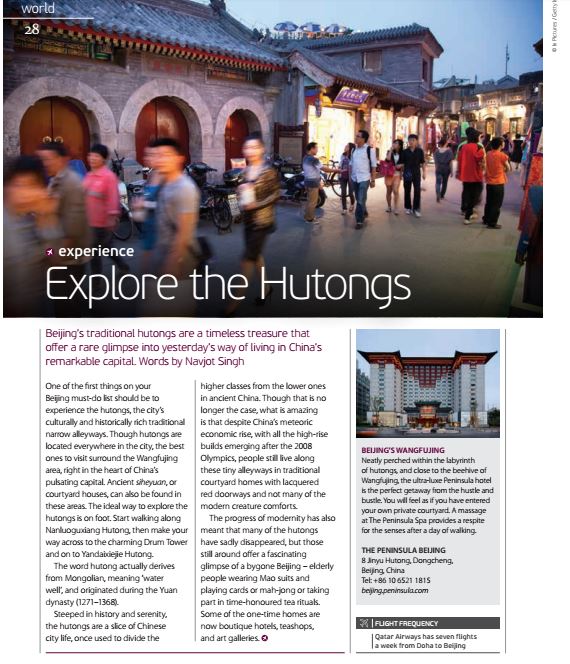
 RSS Feed
RSS Feed




